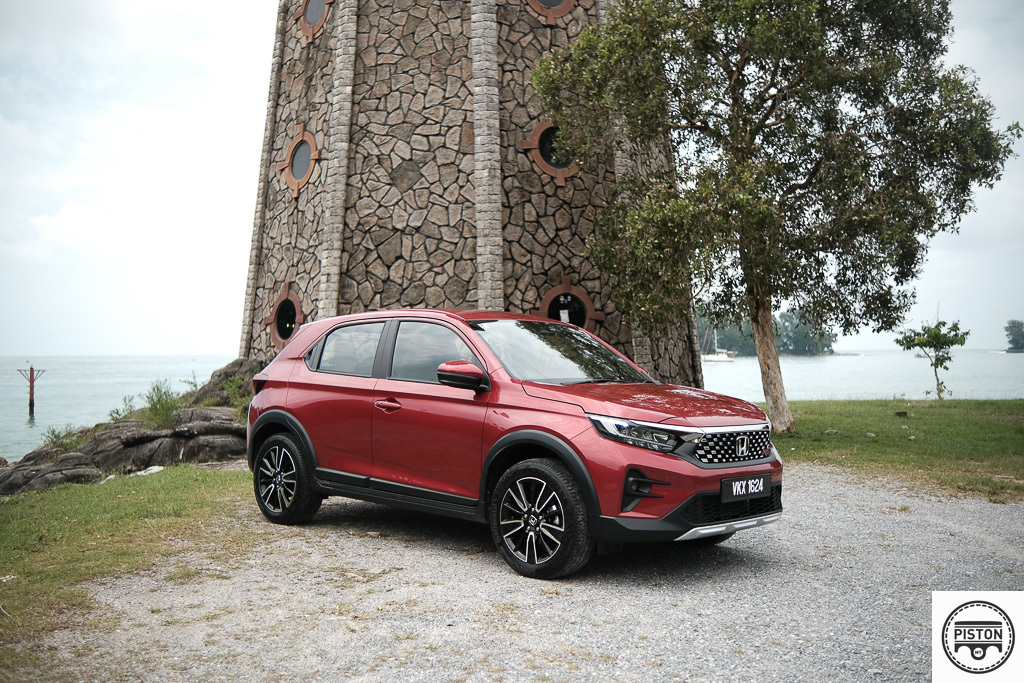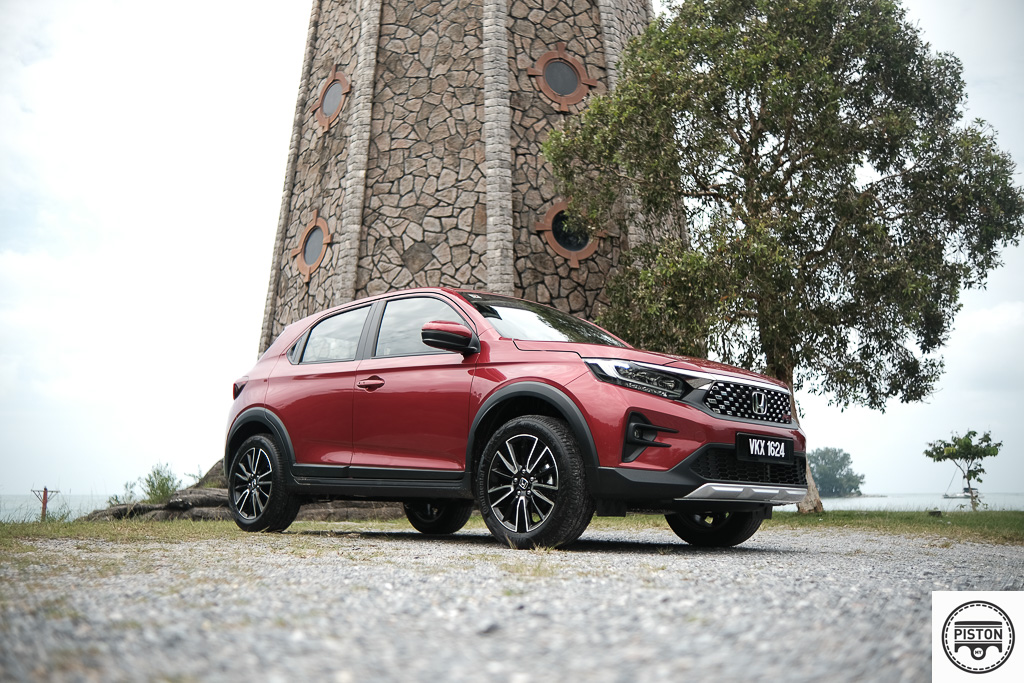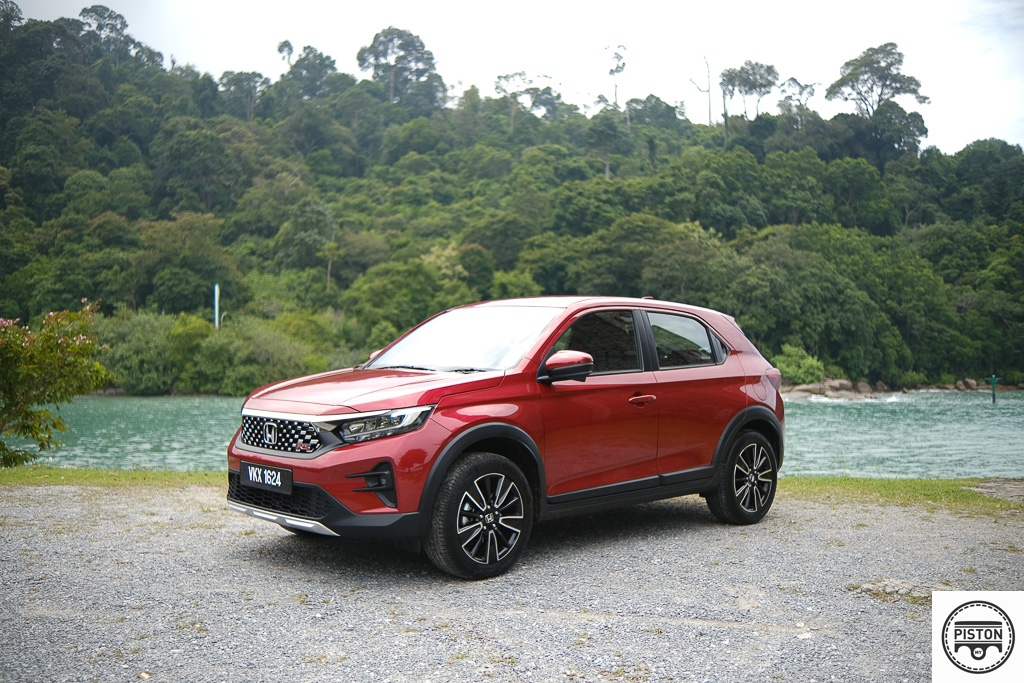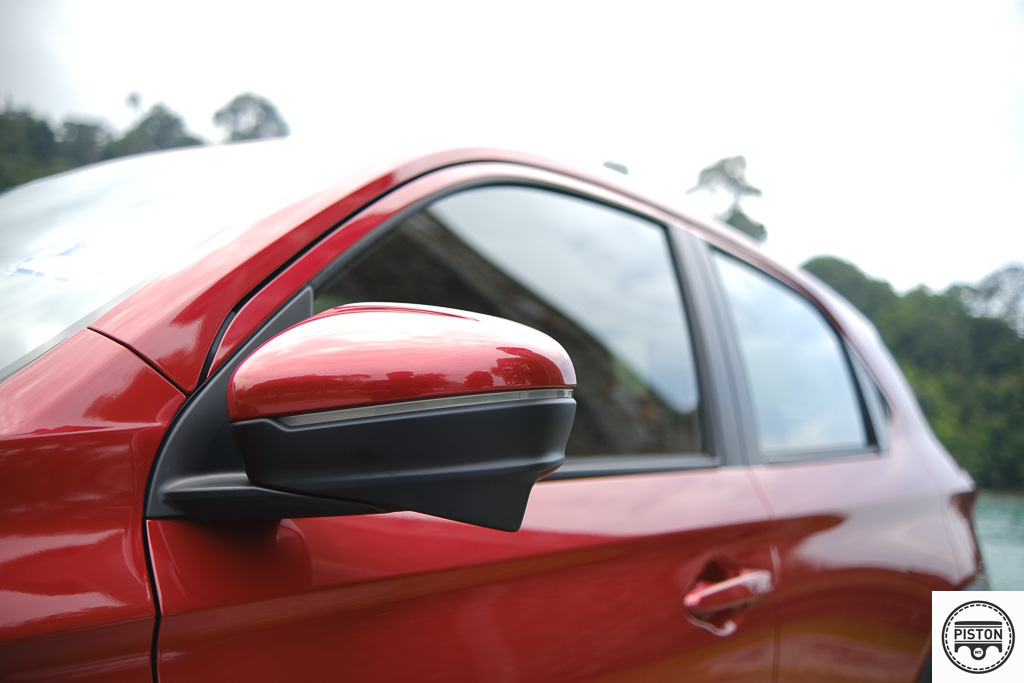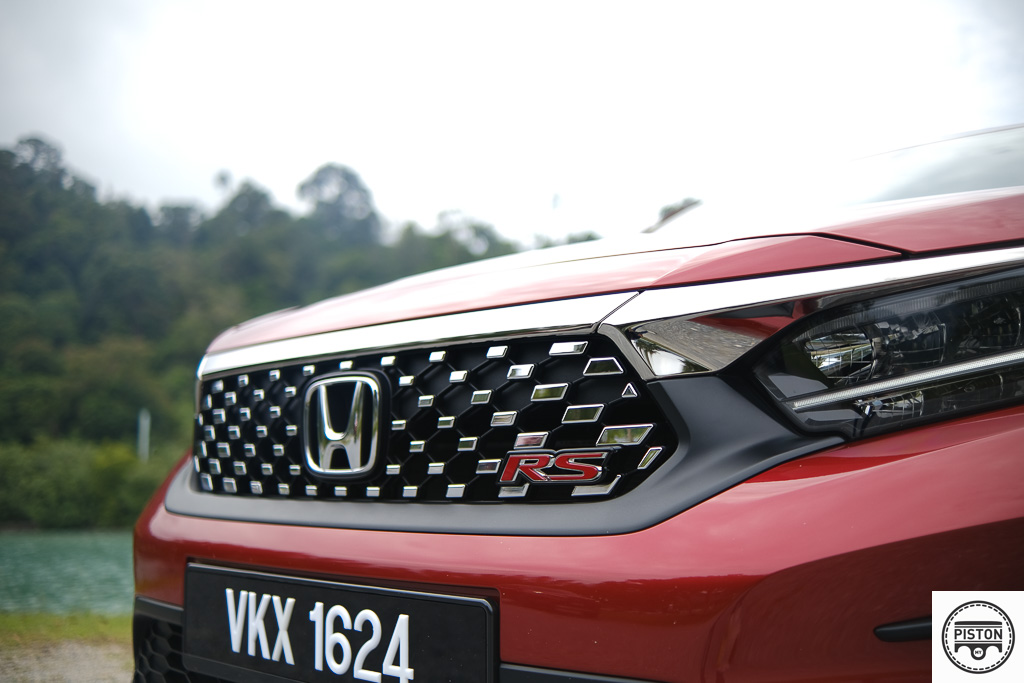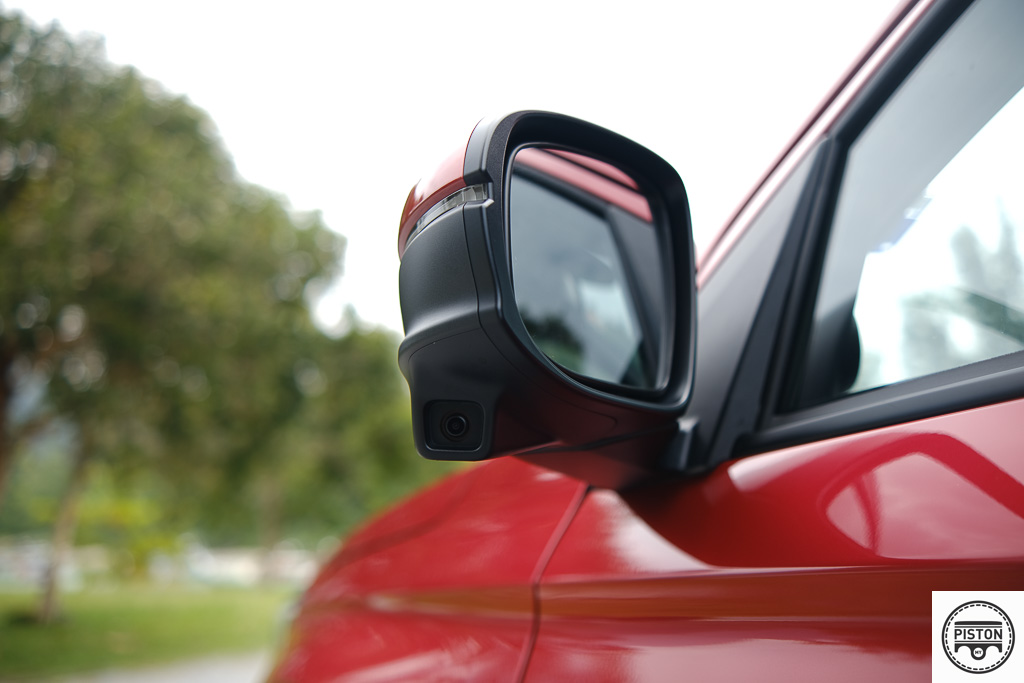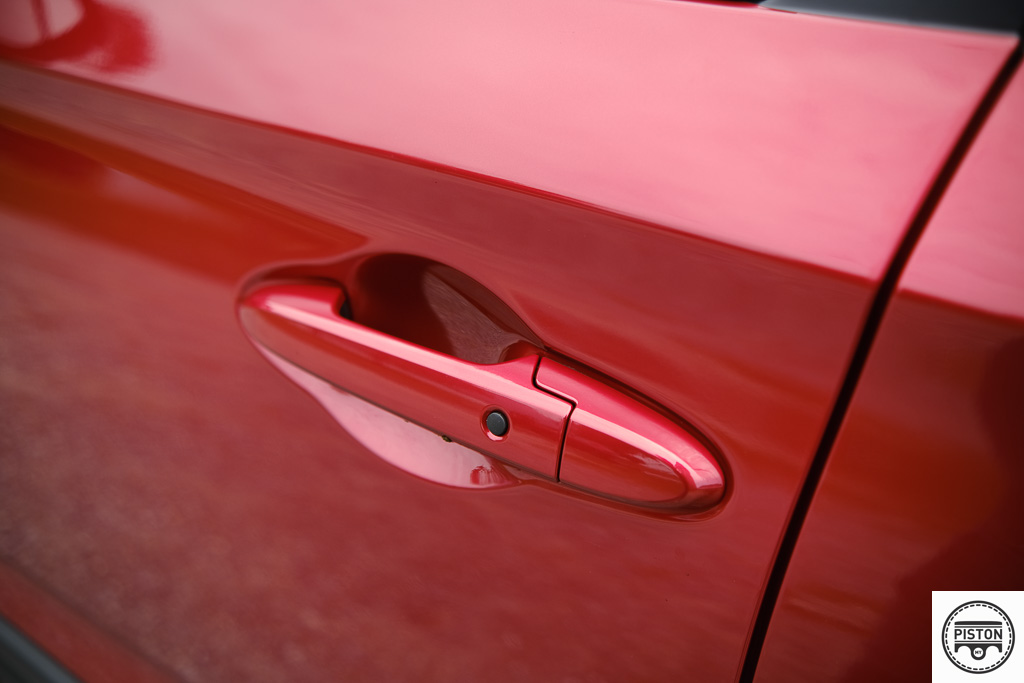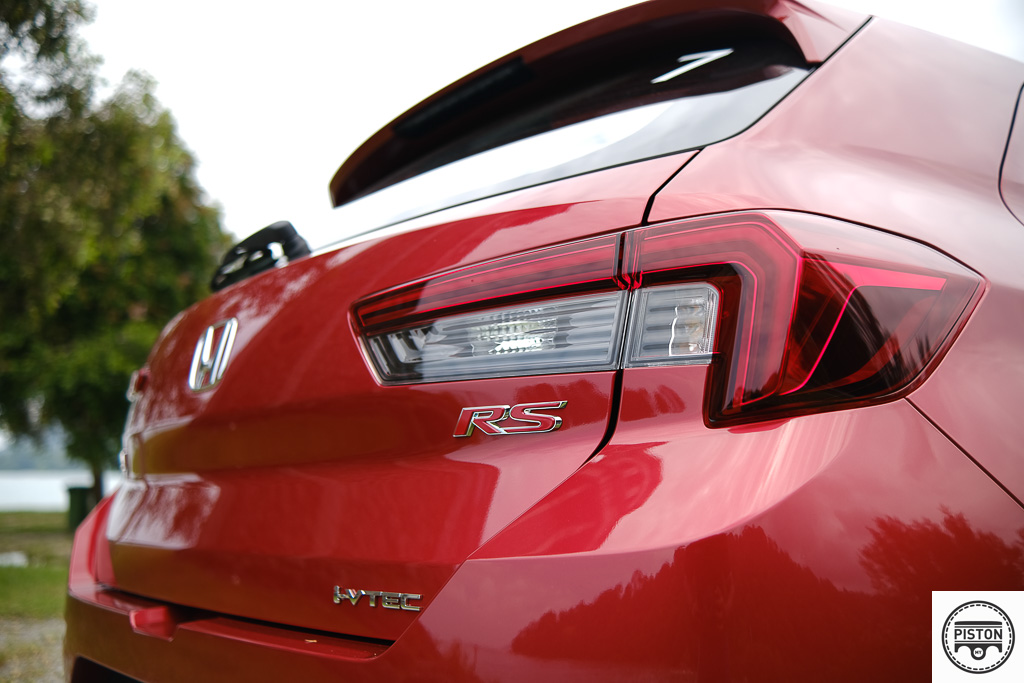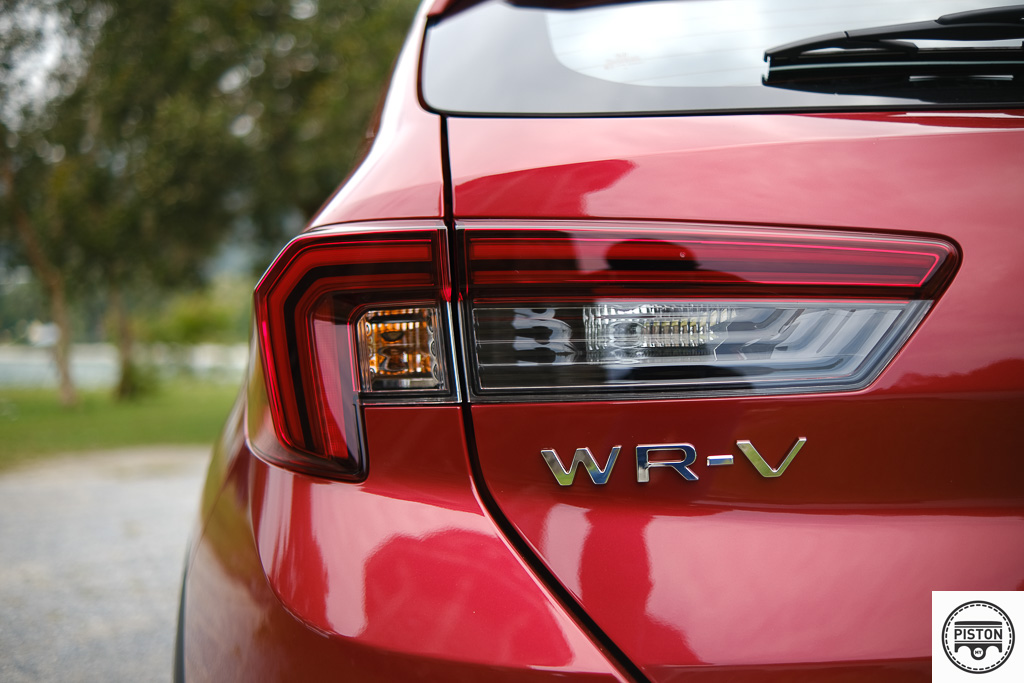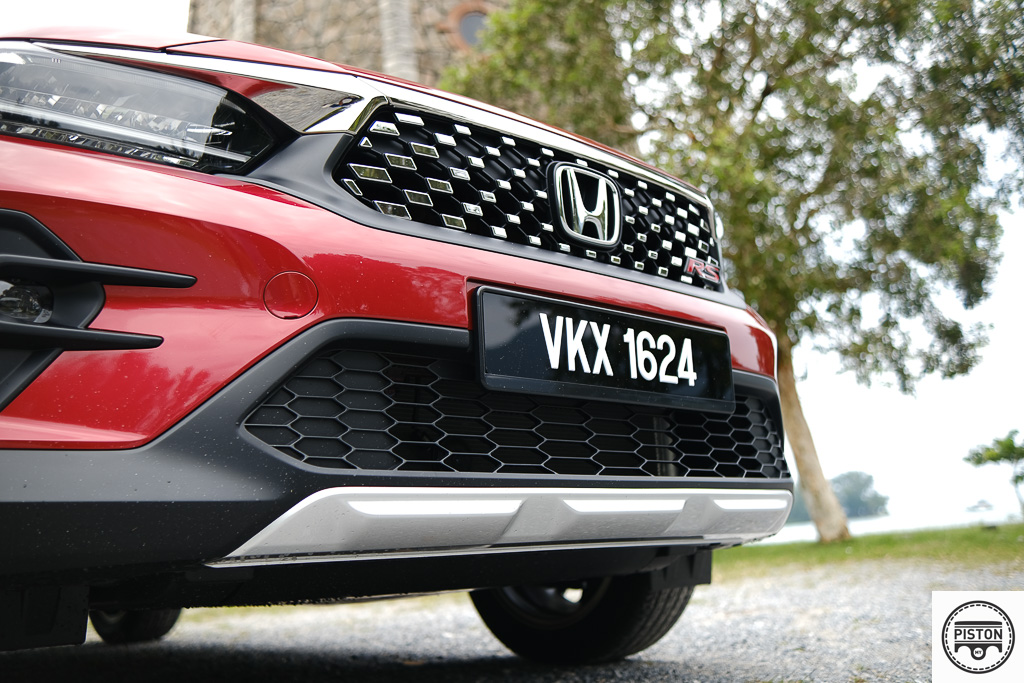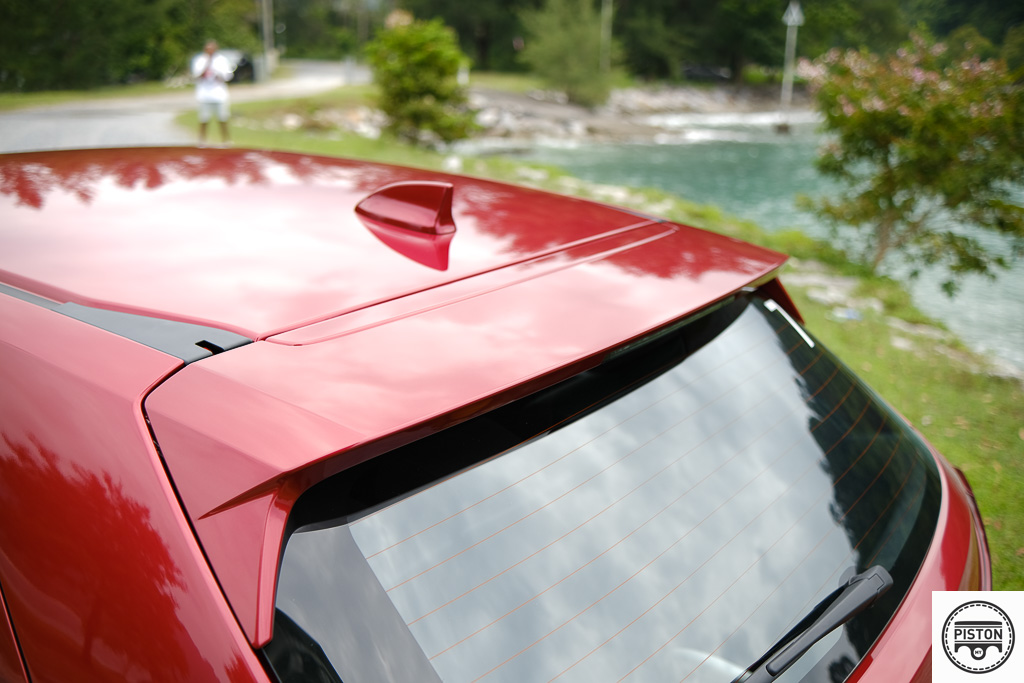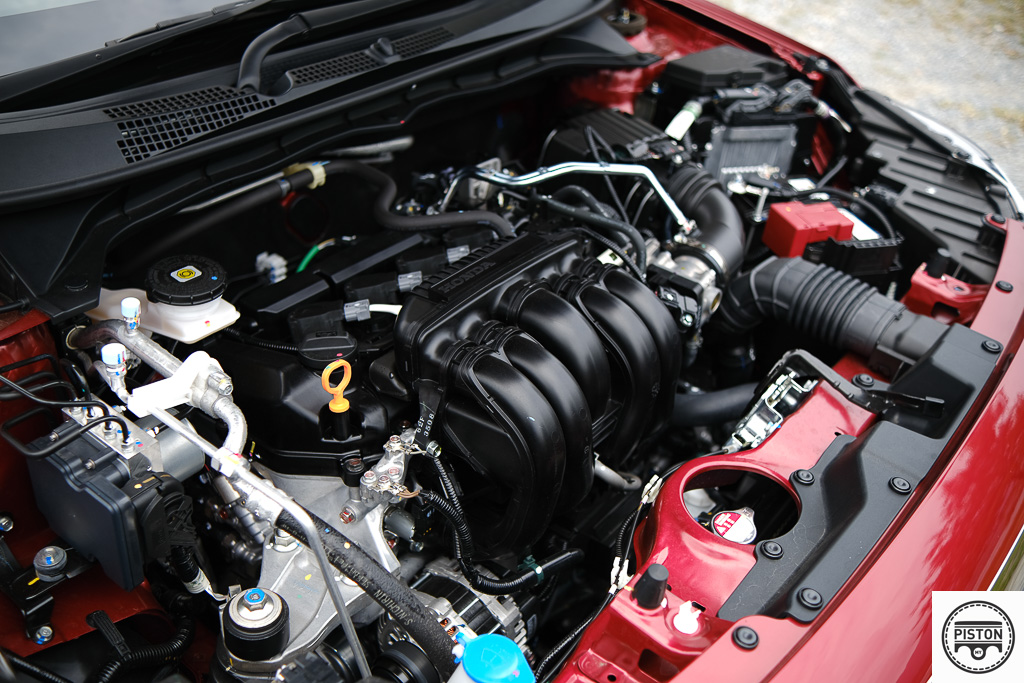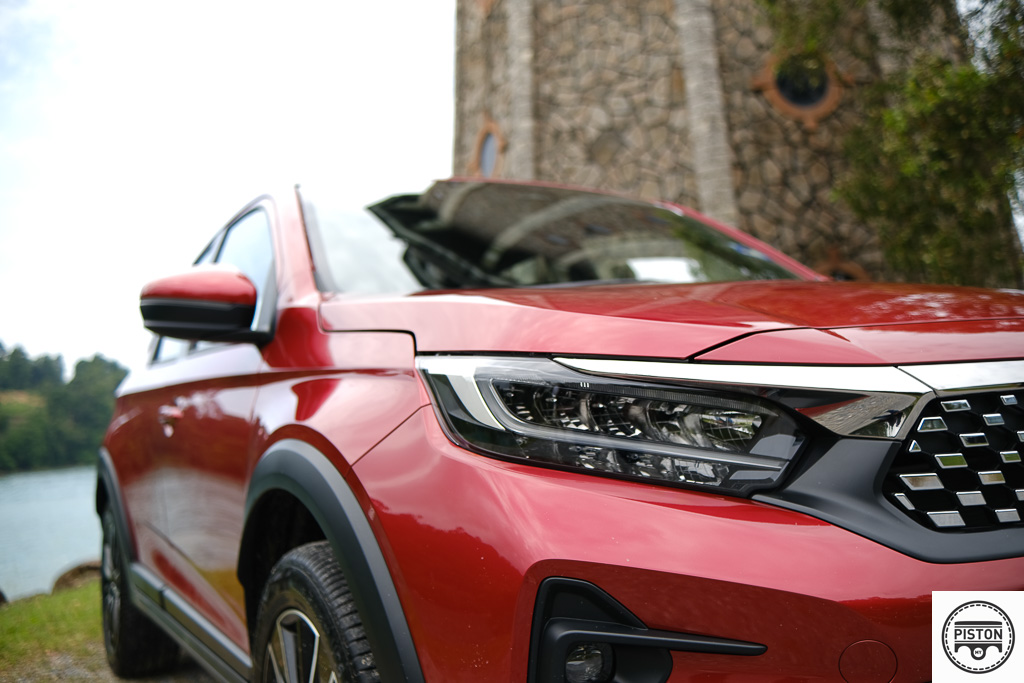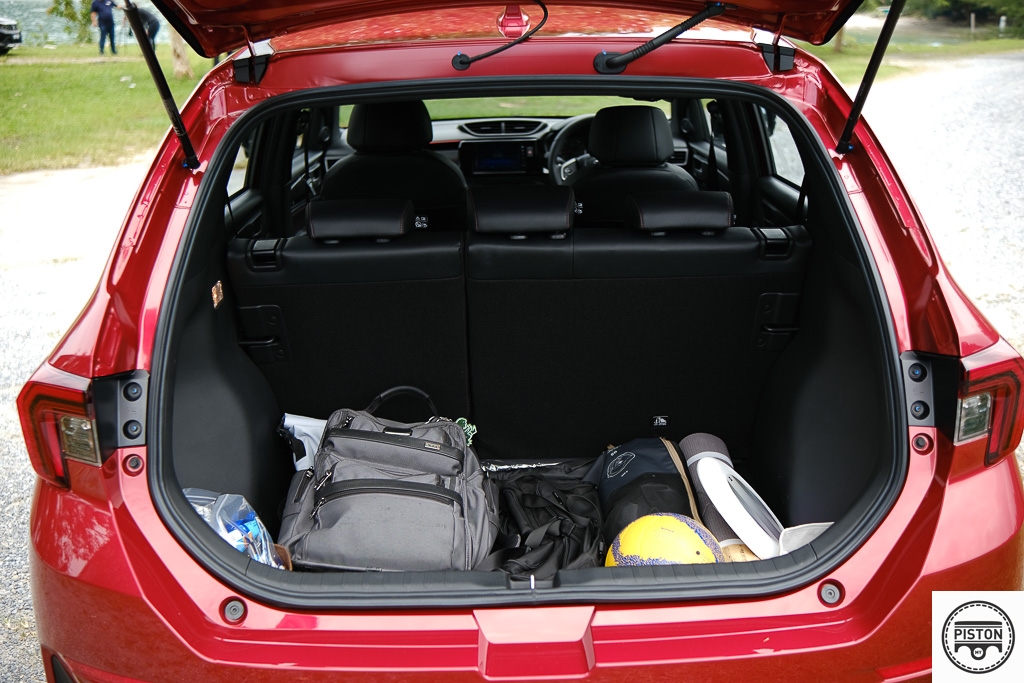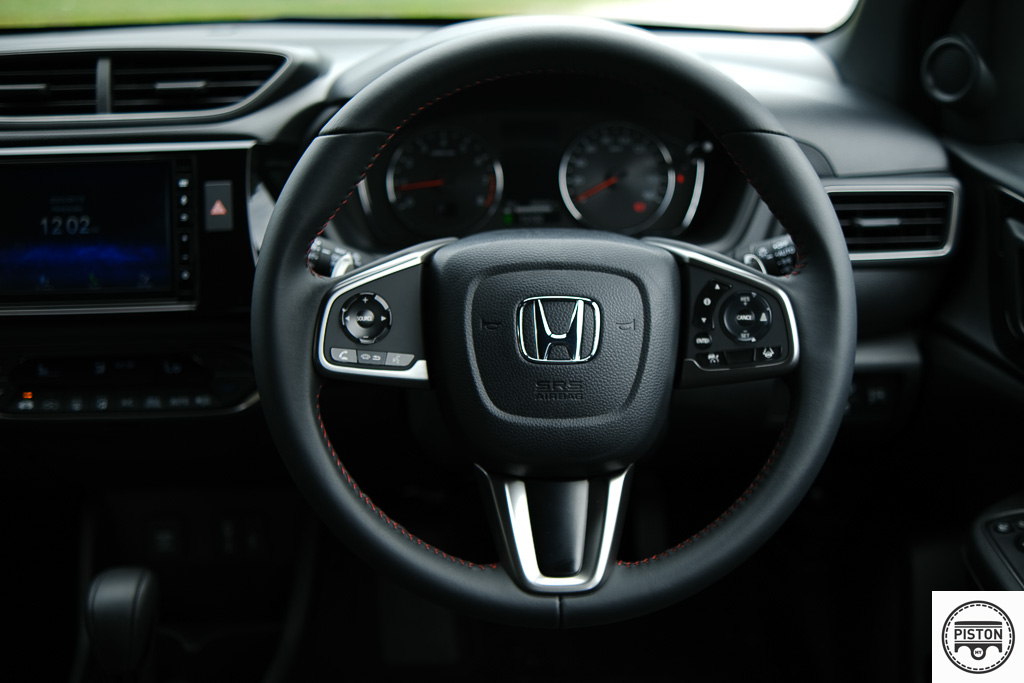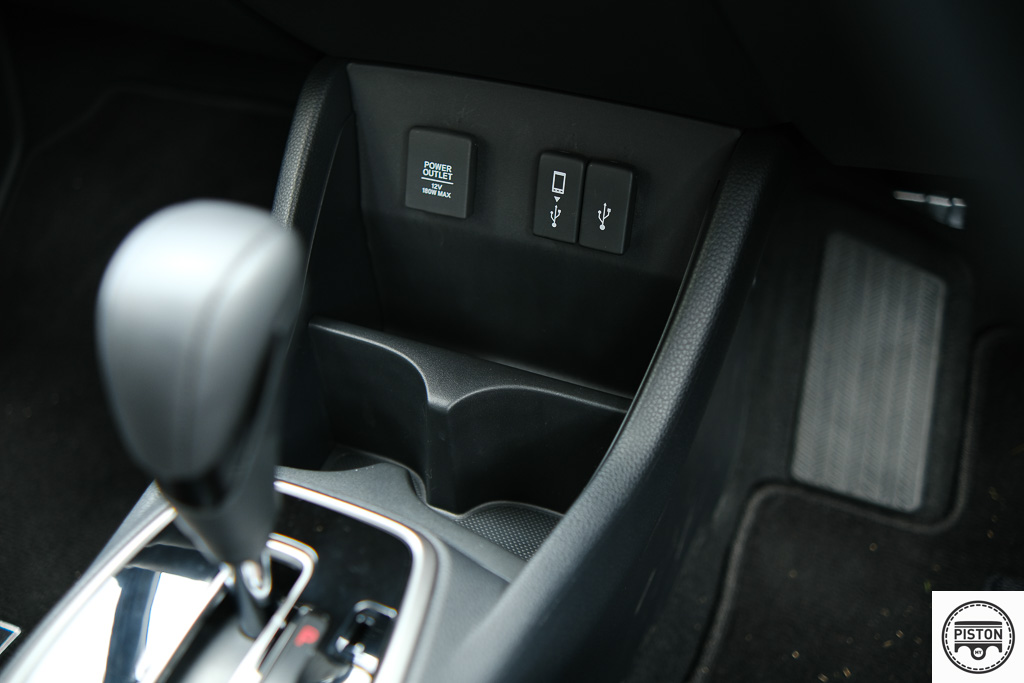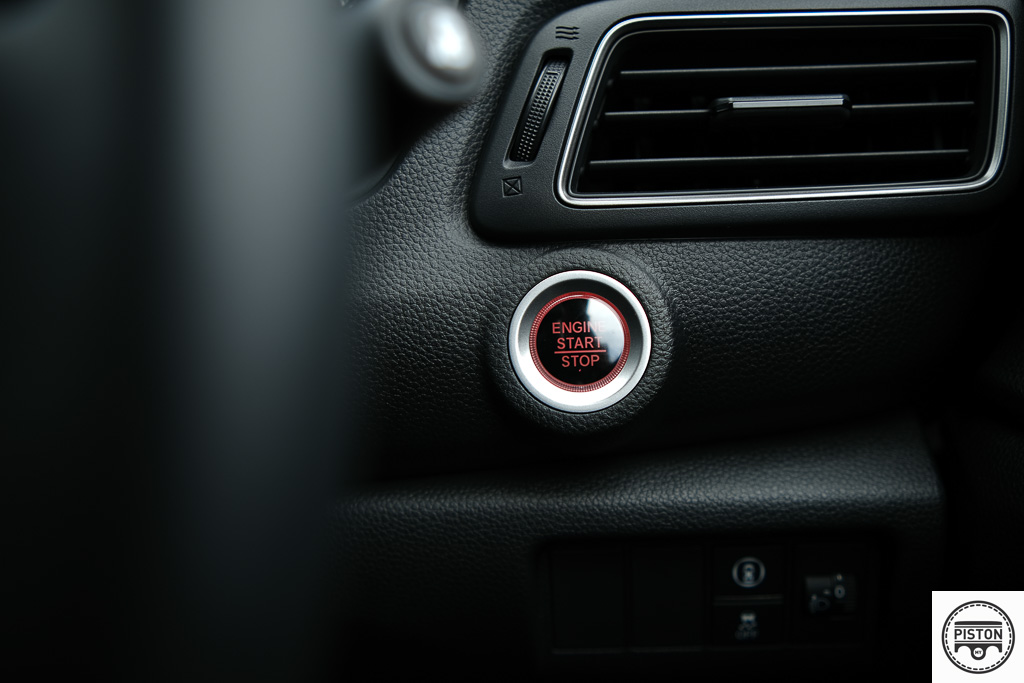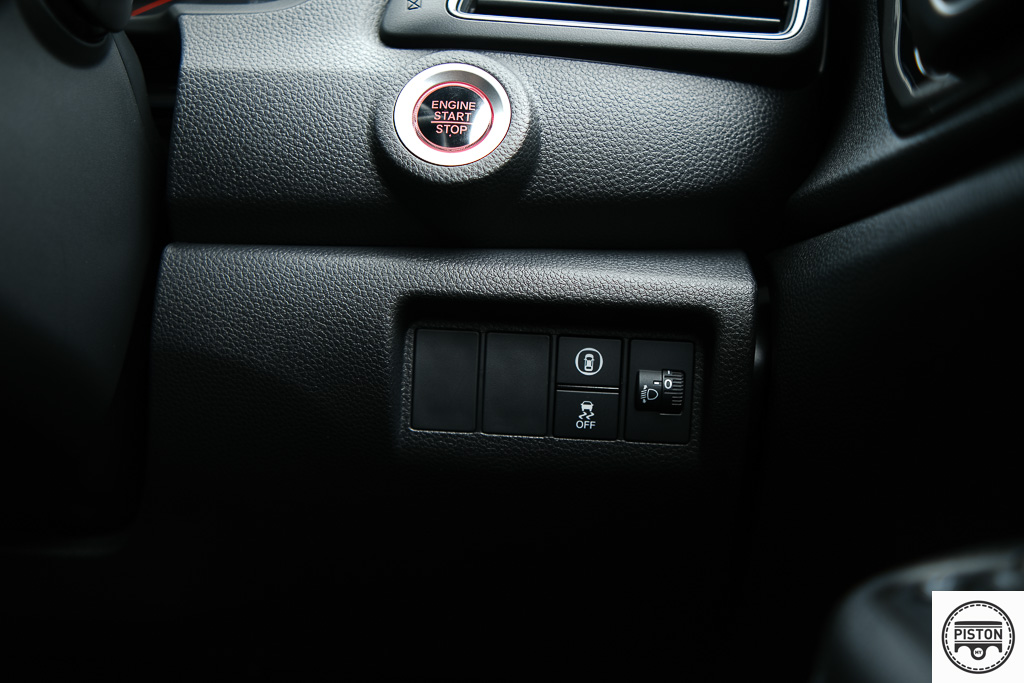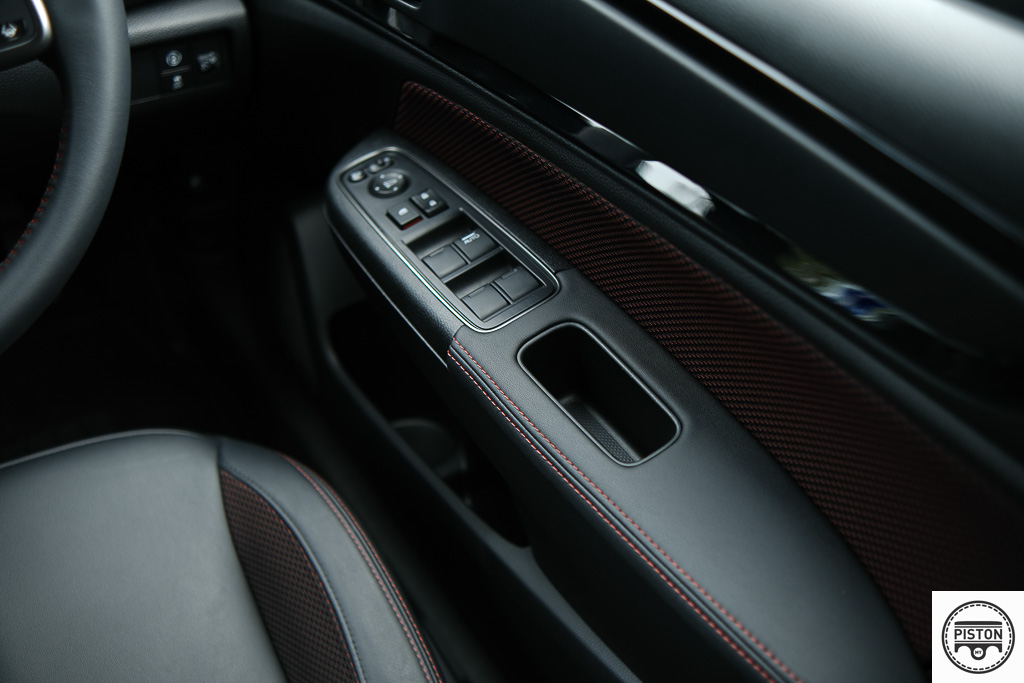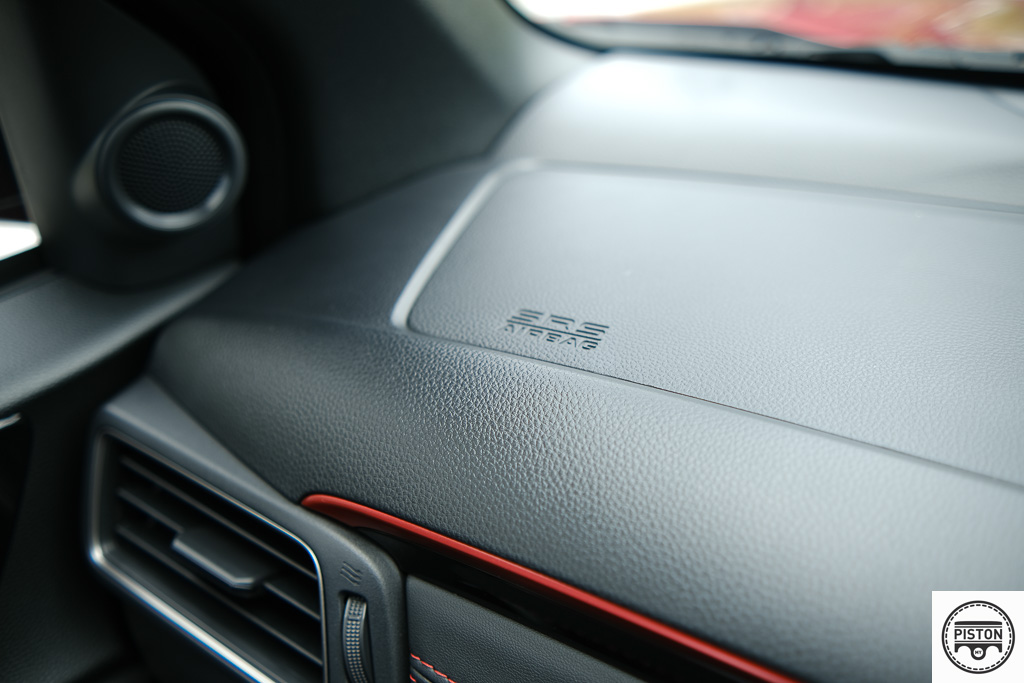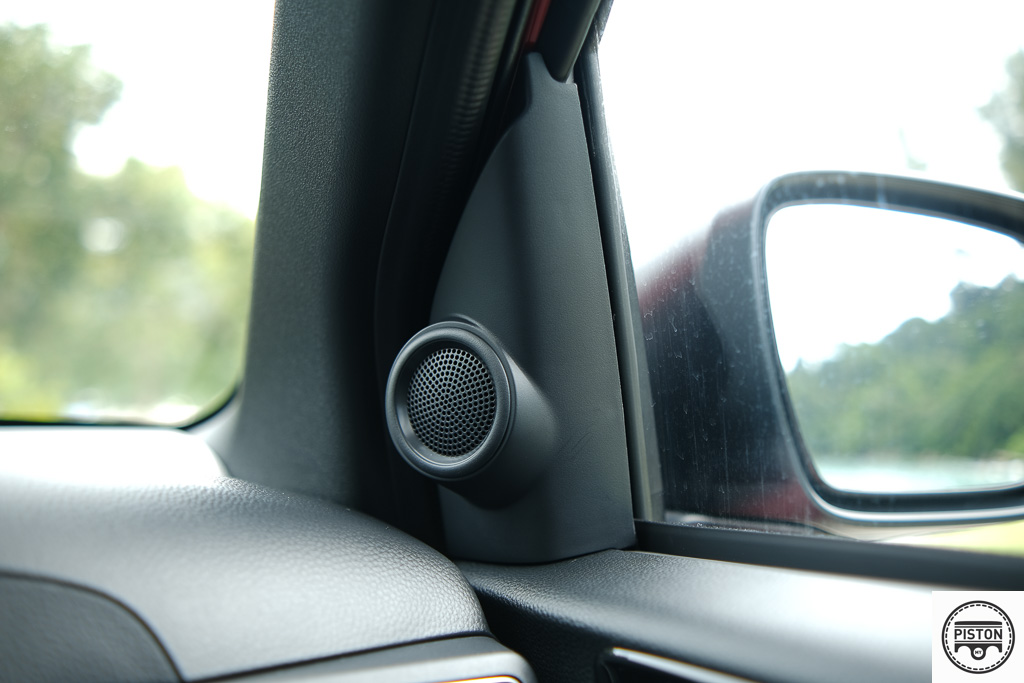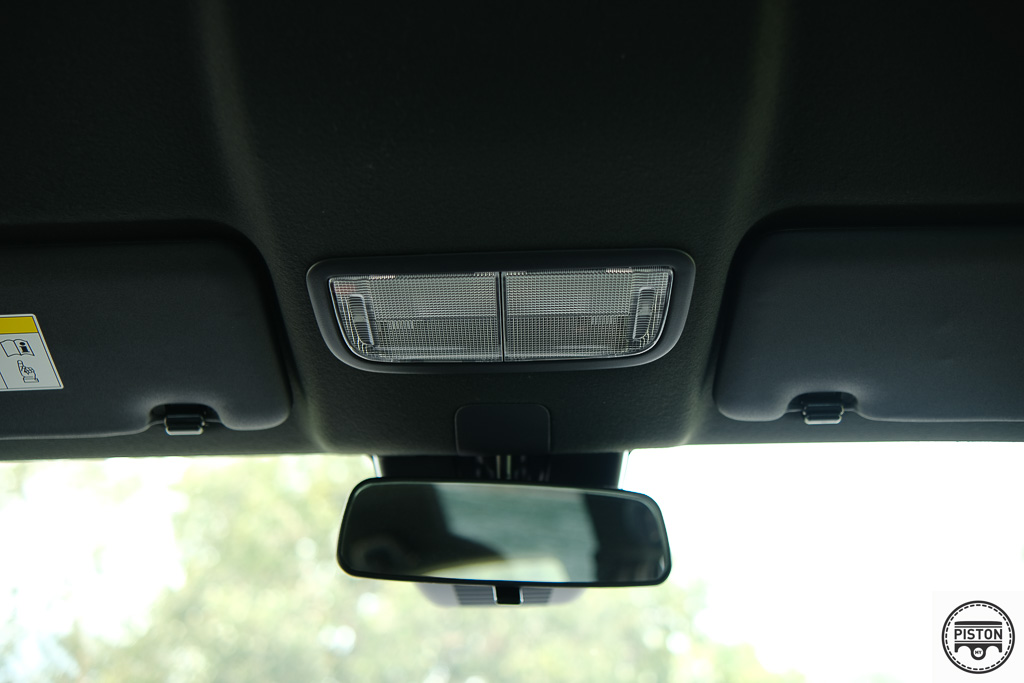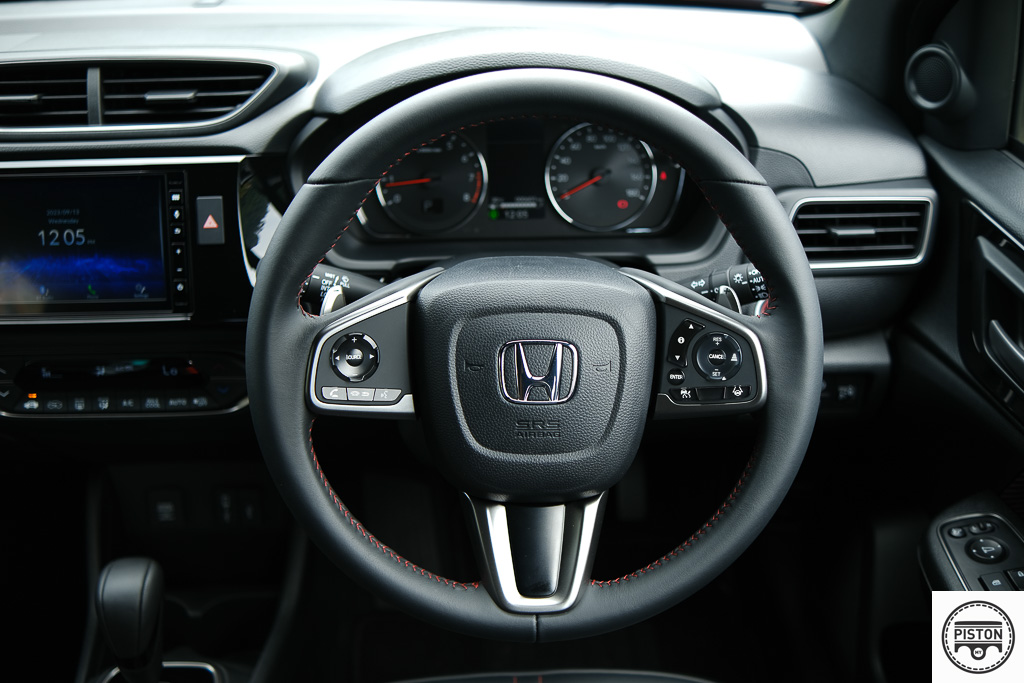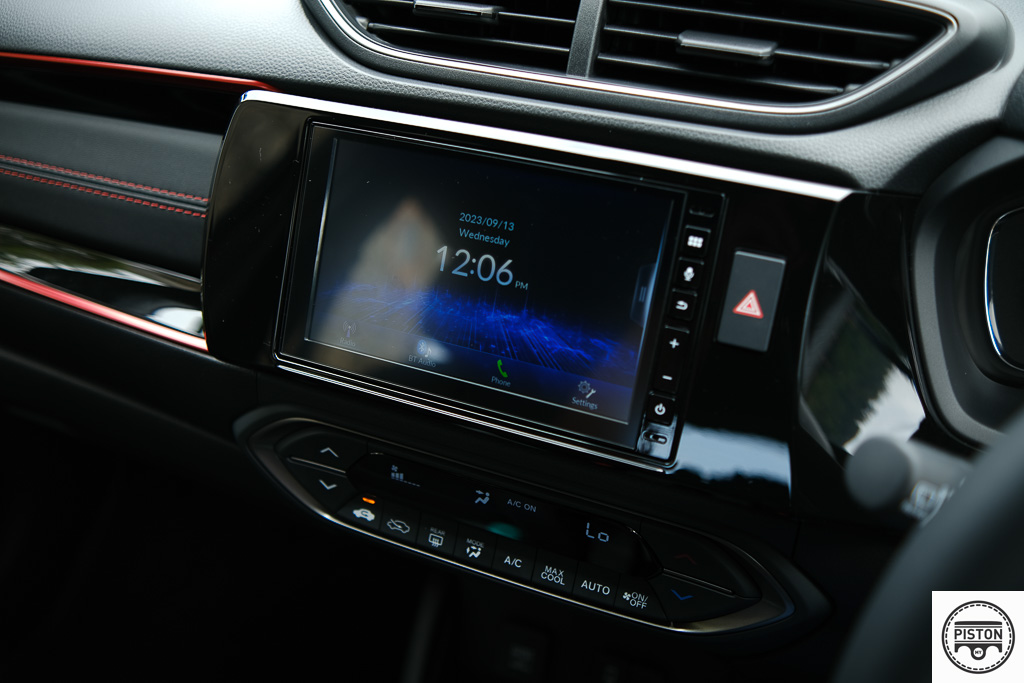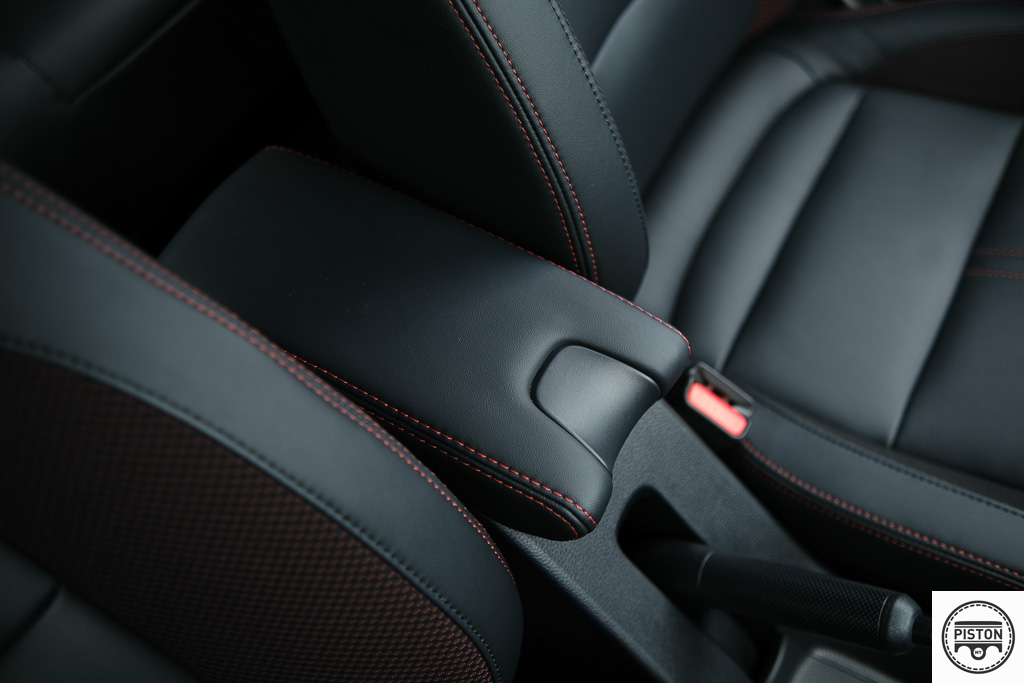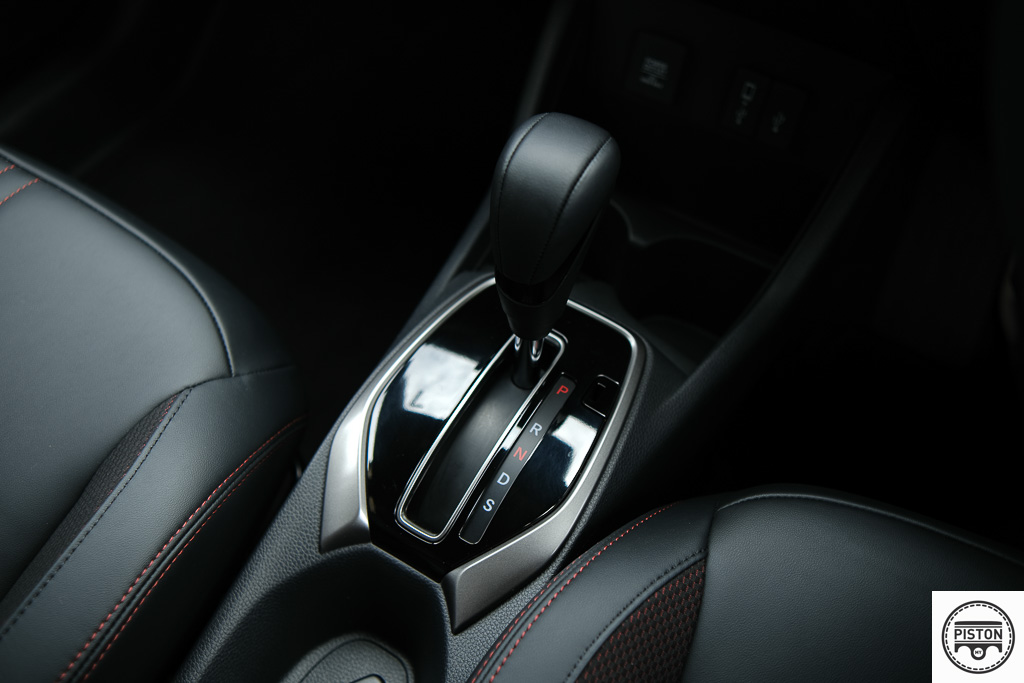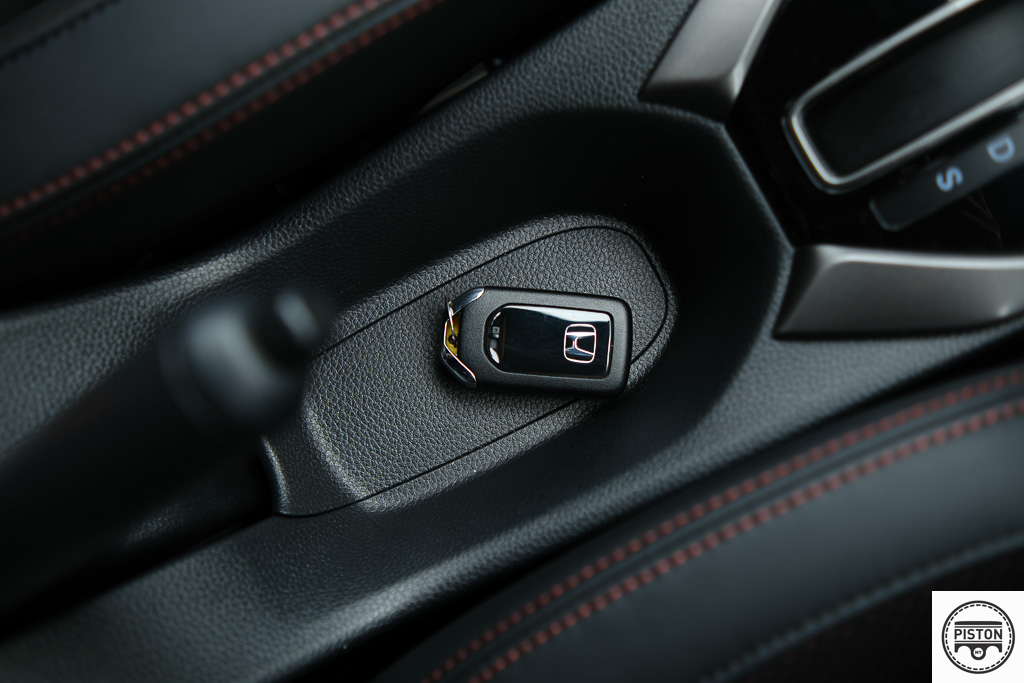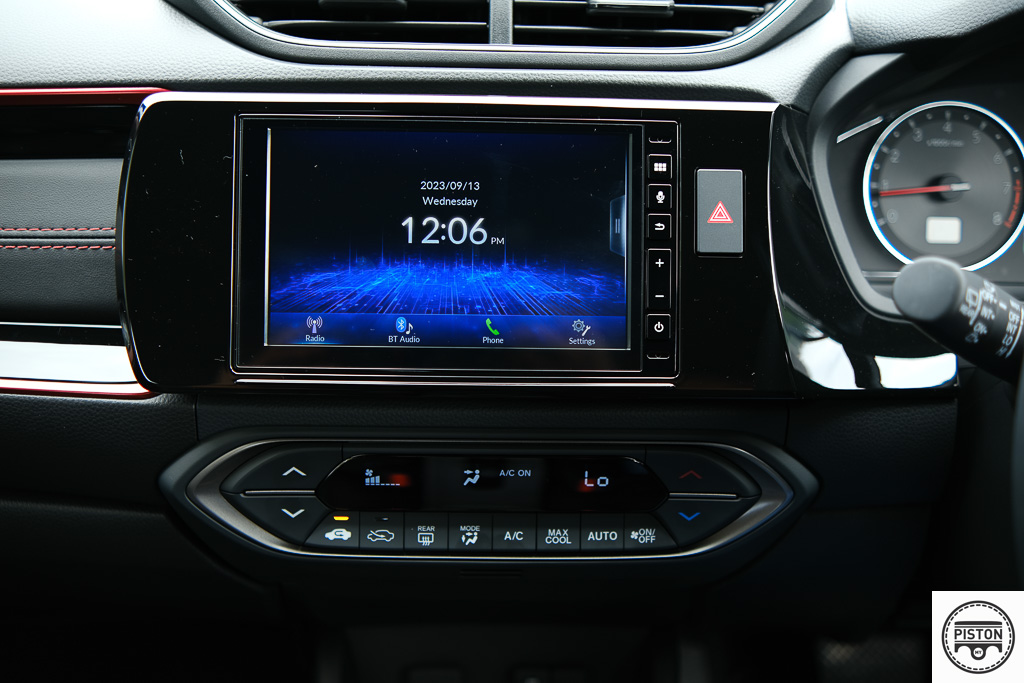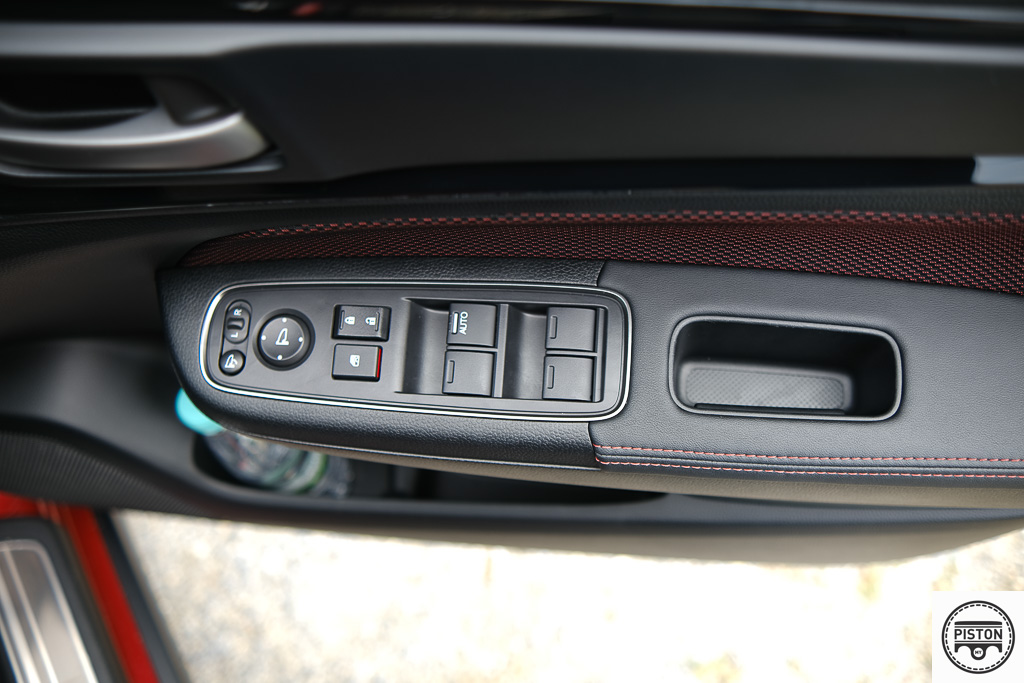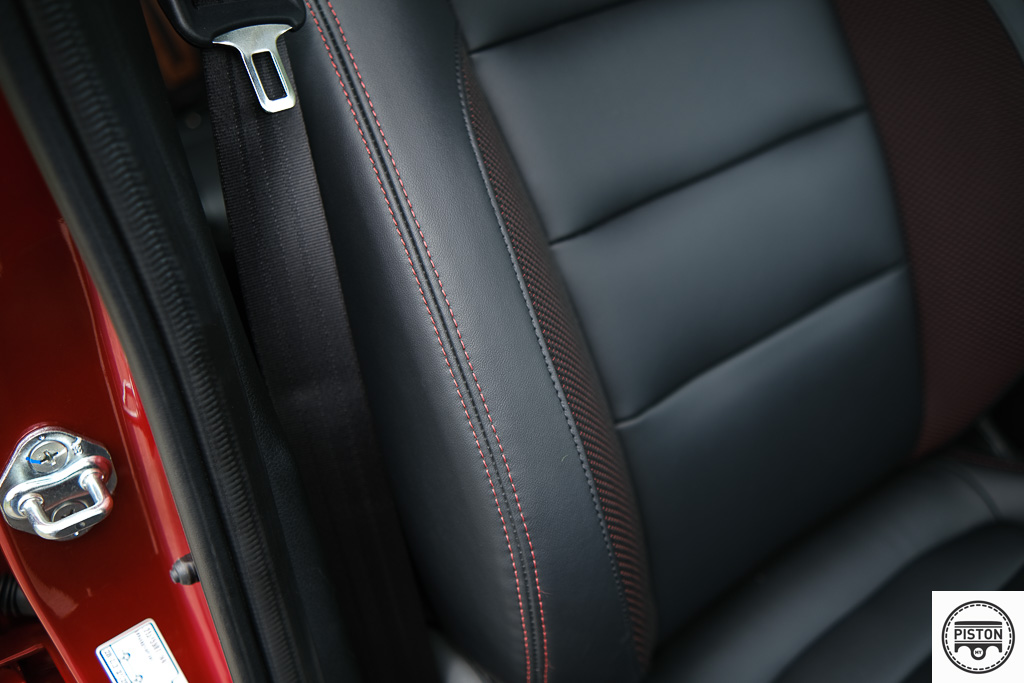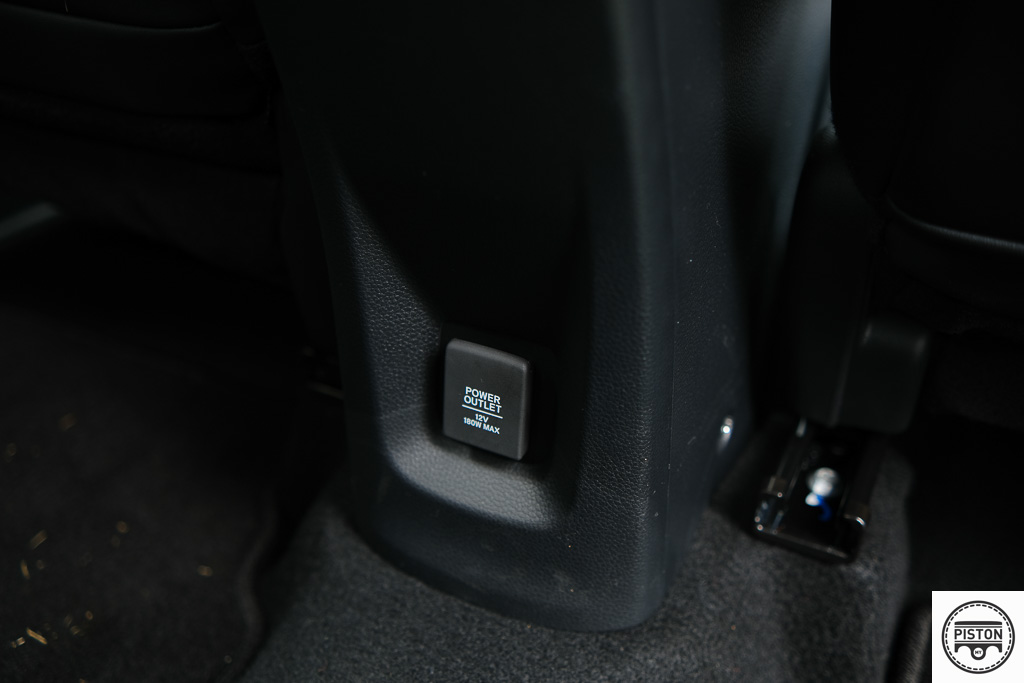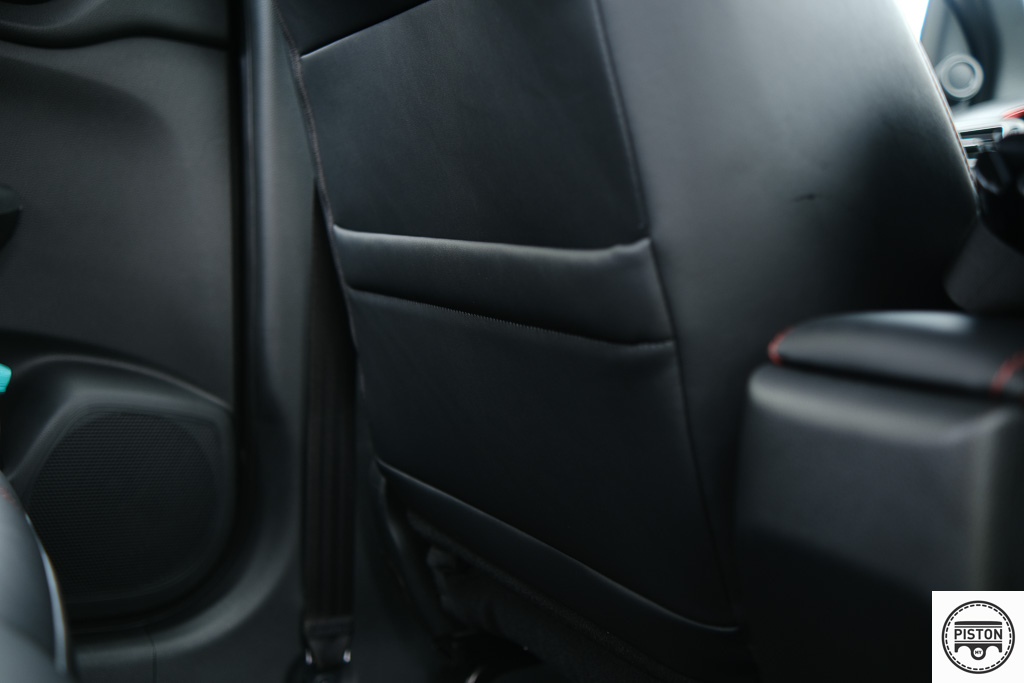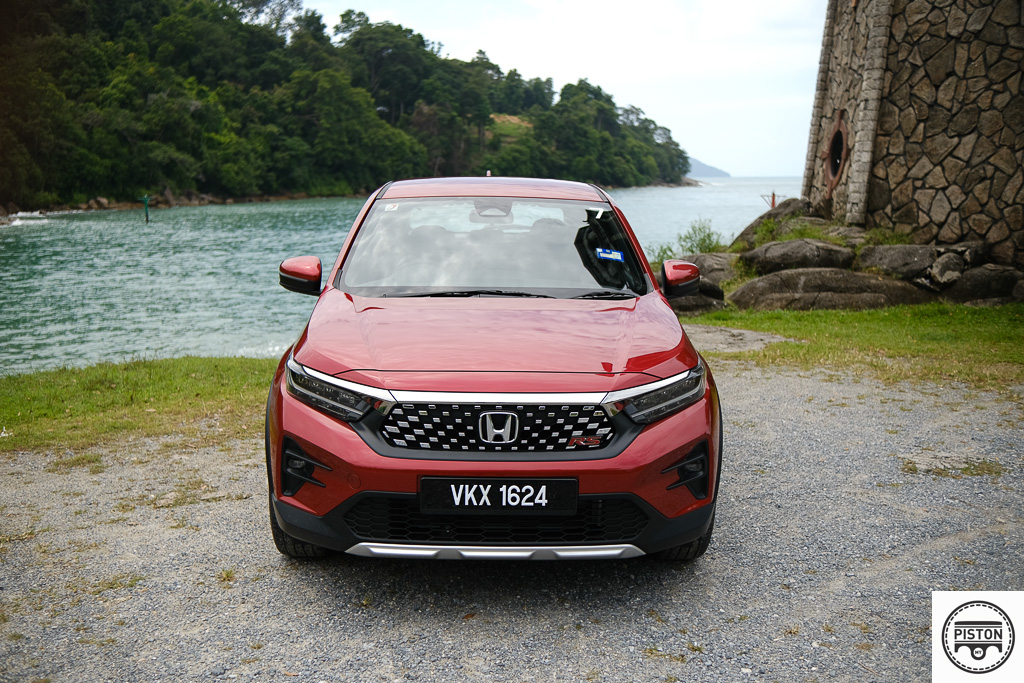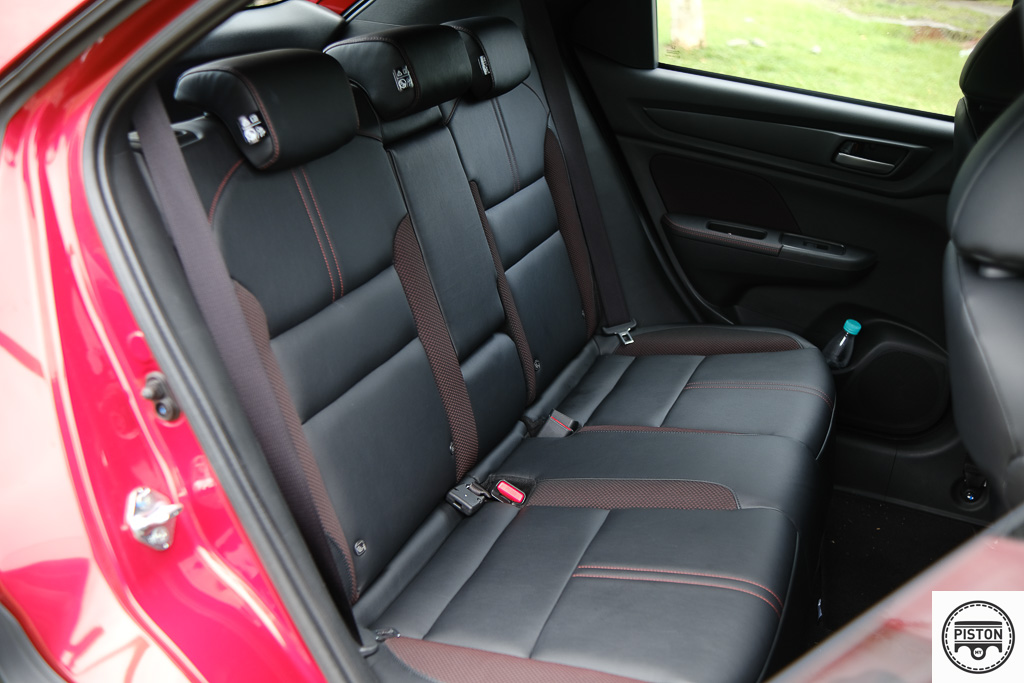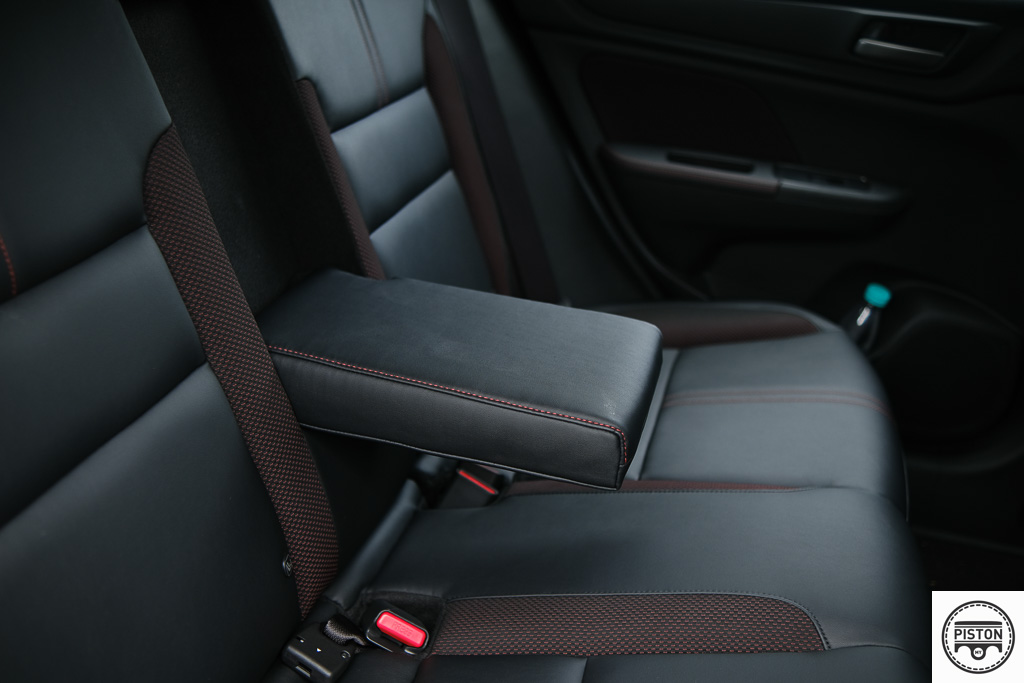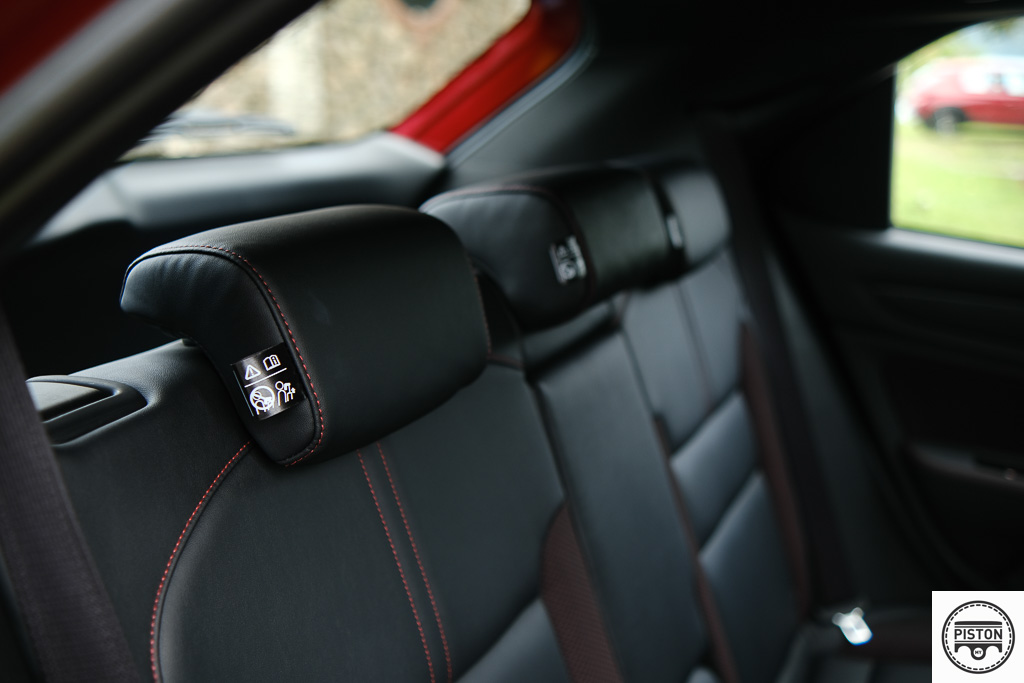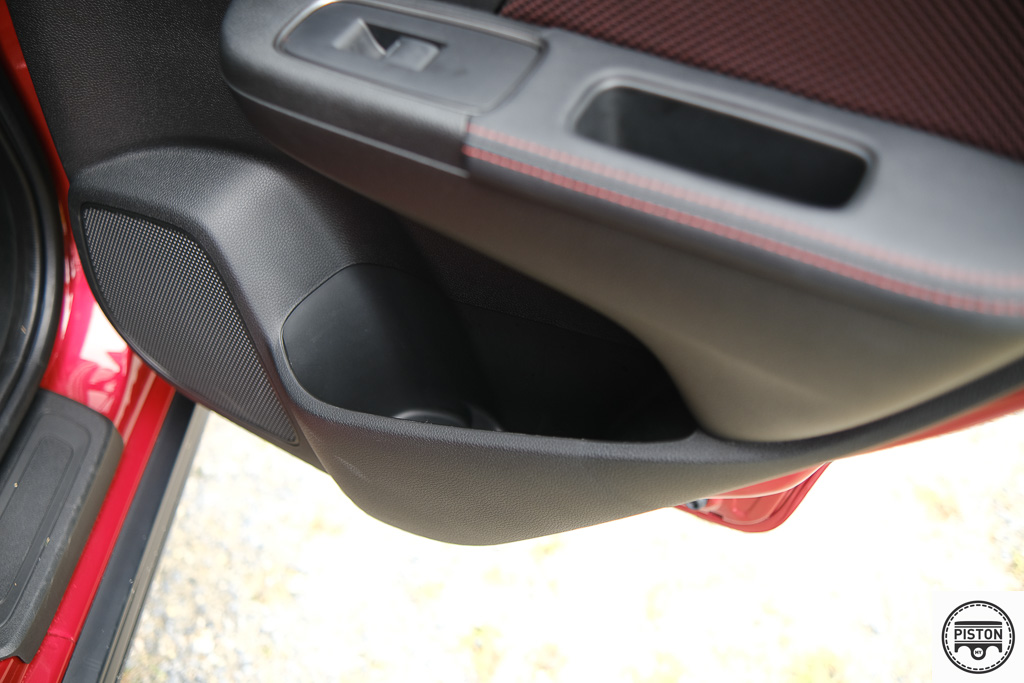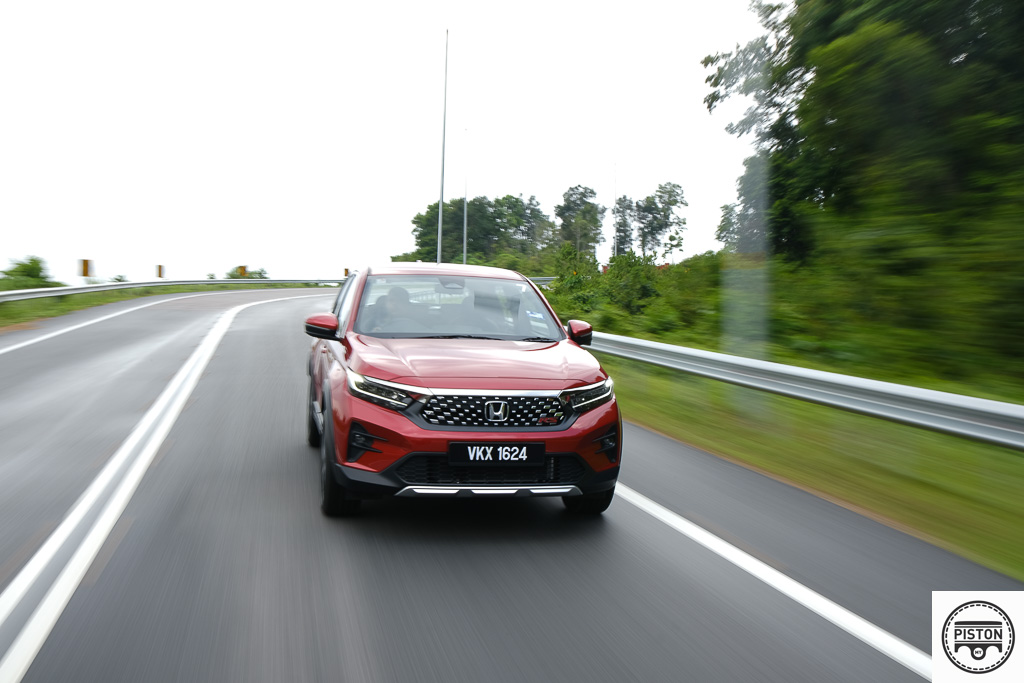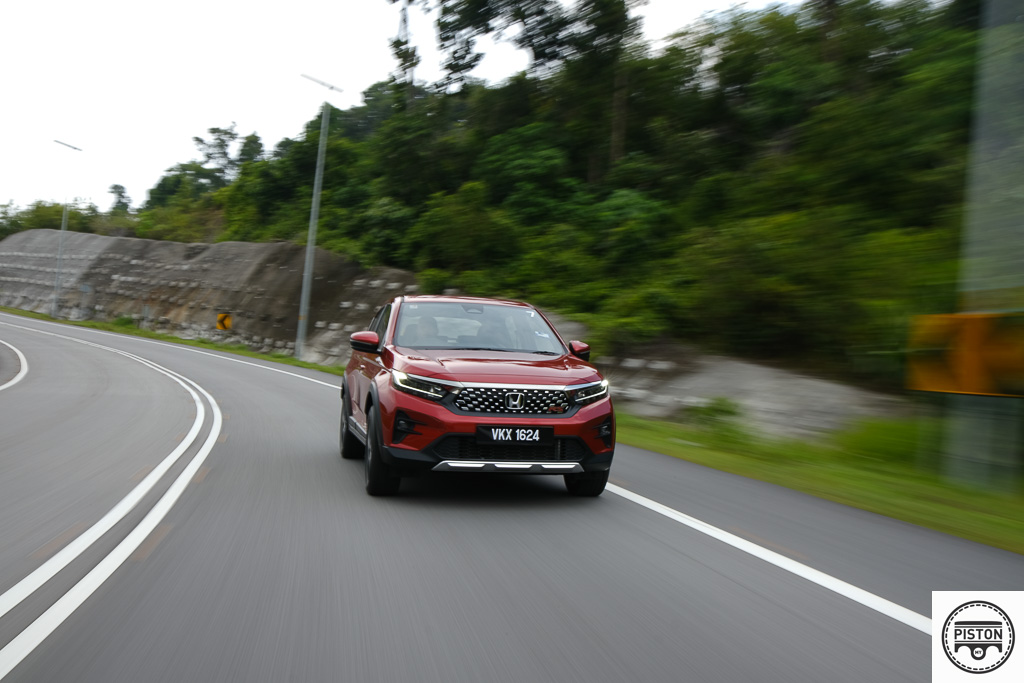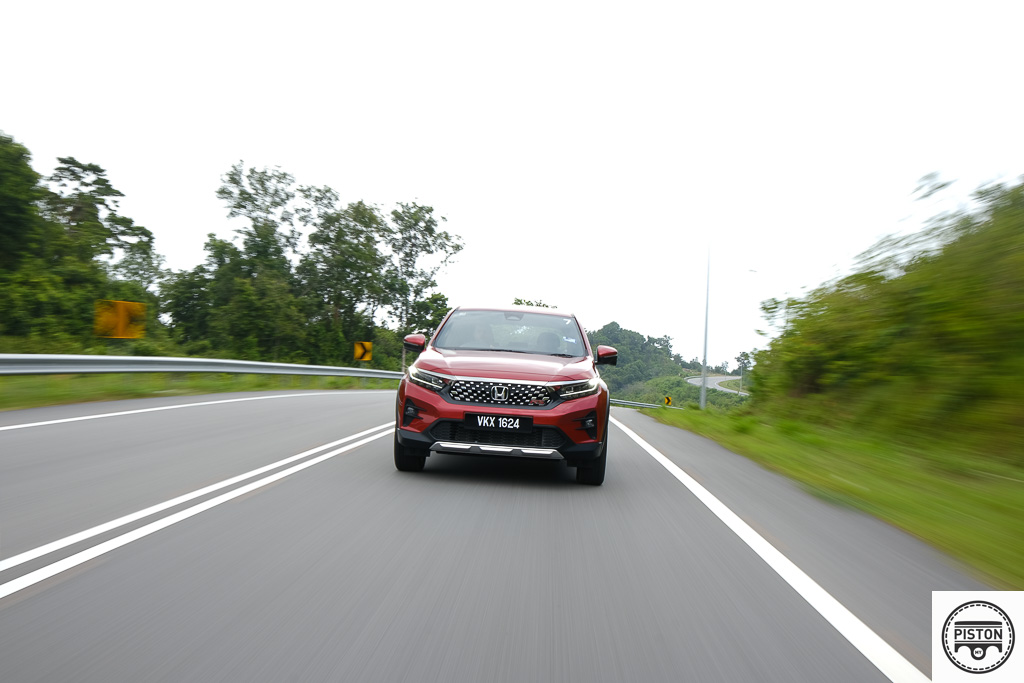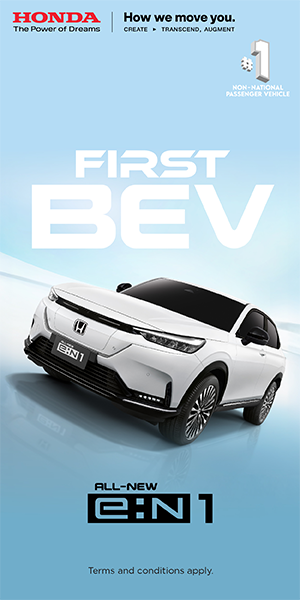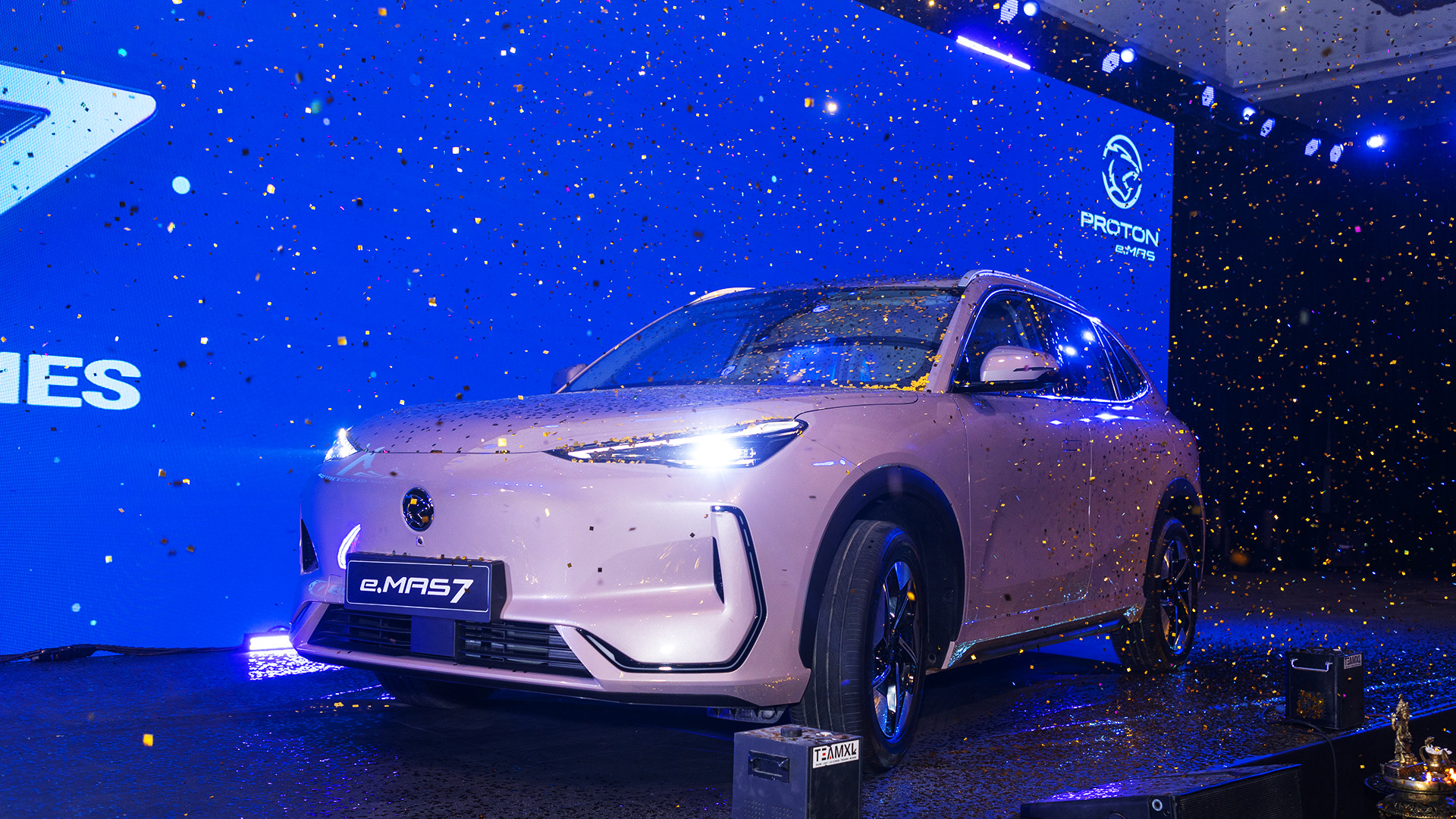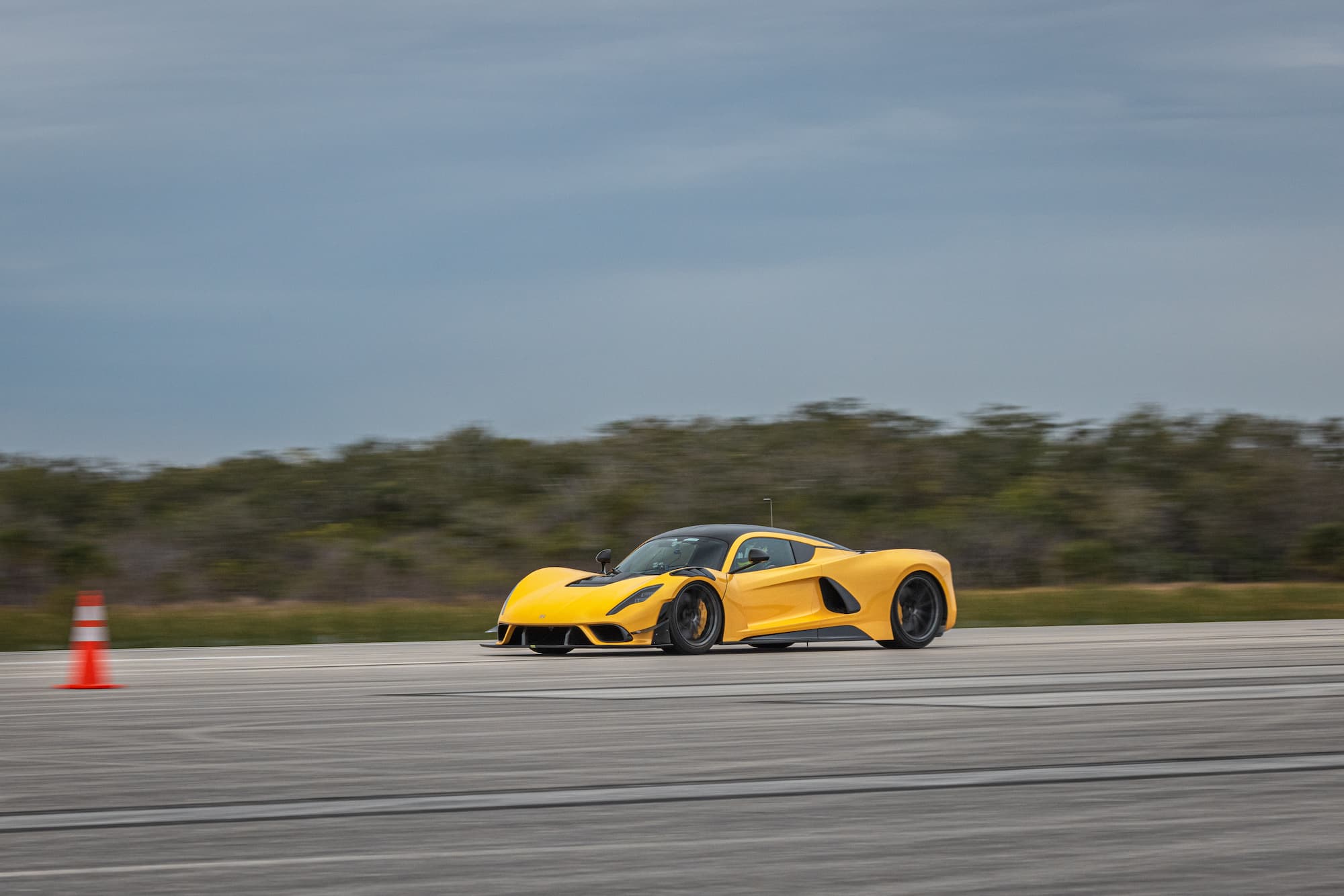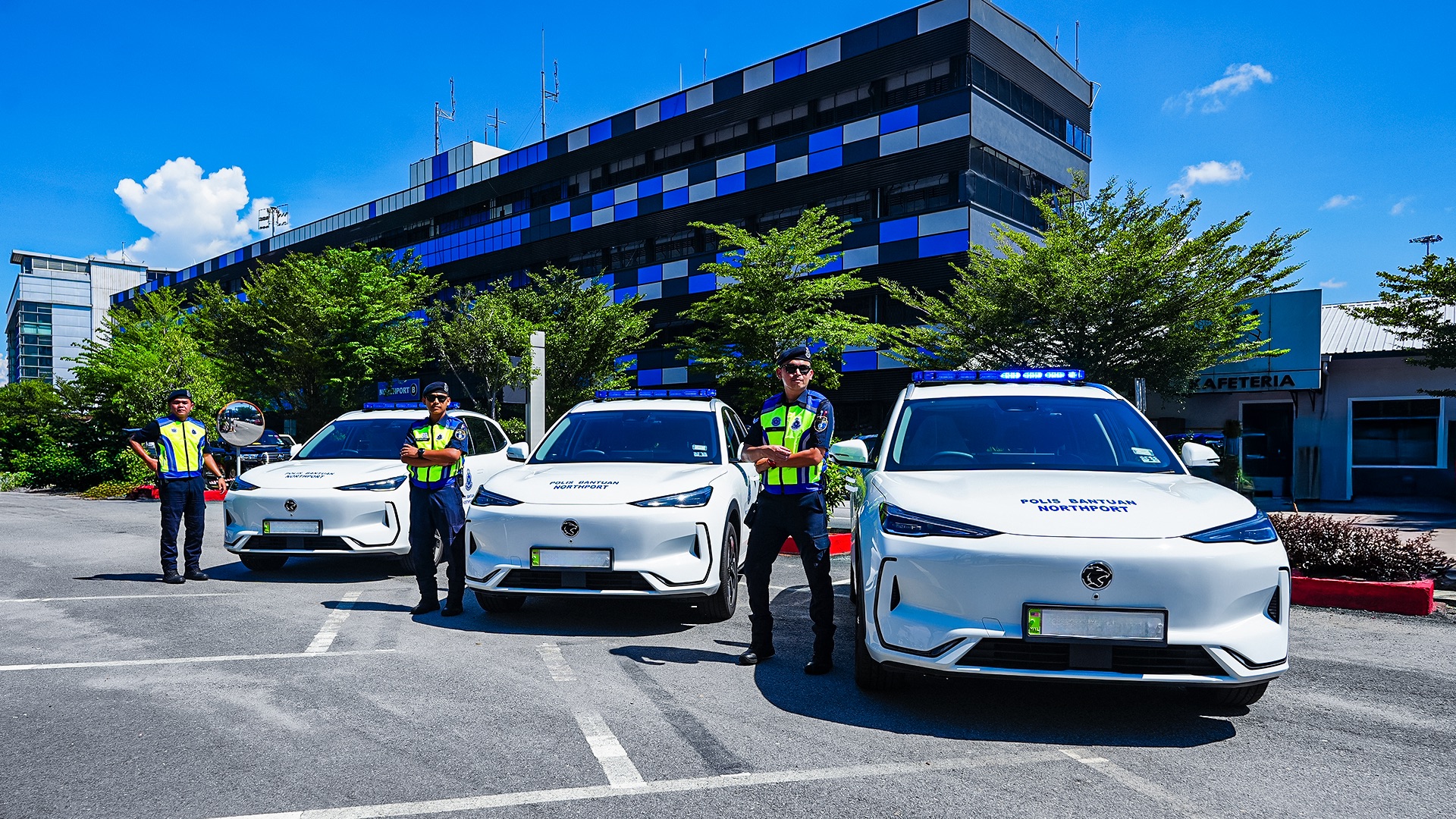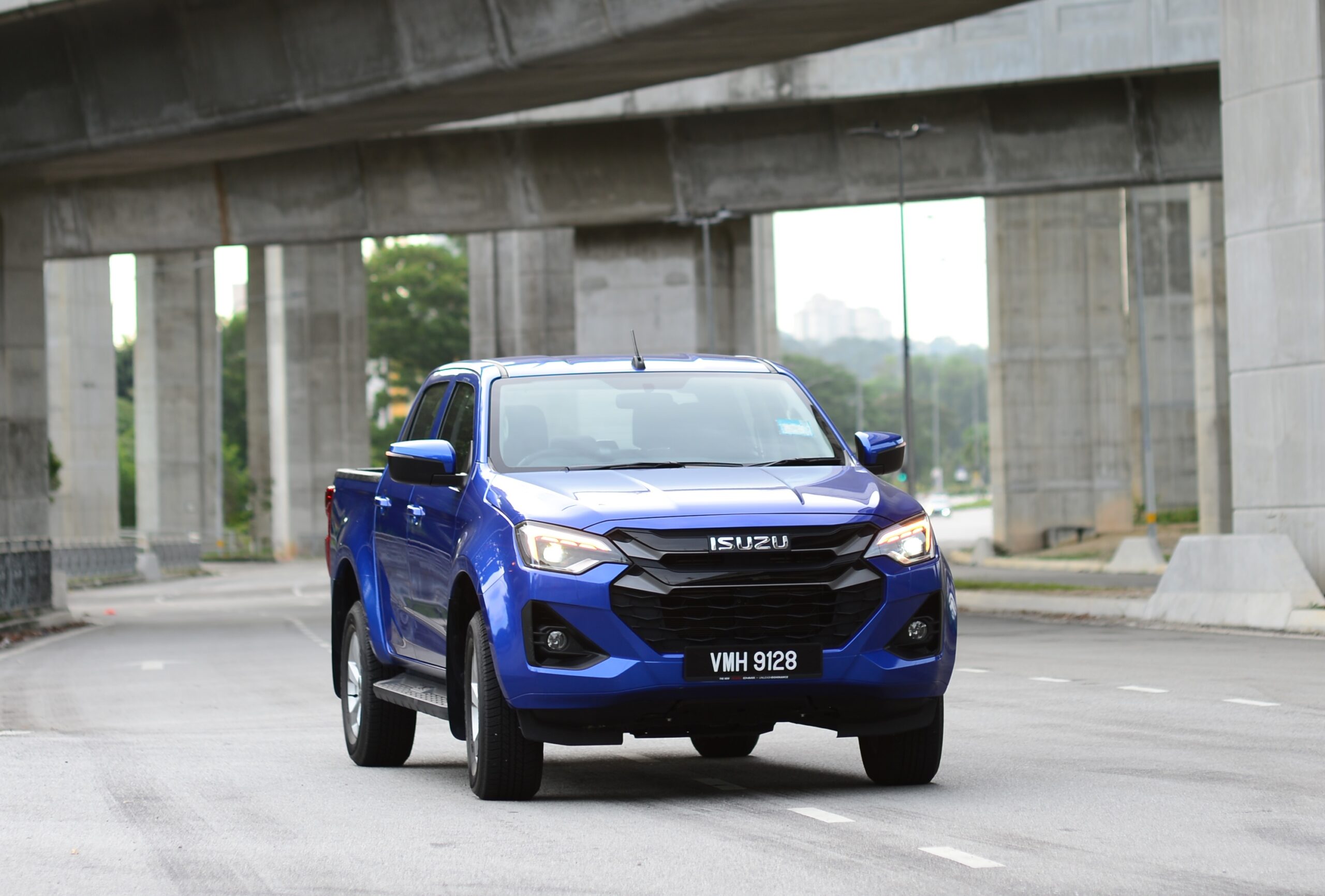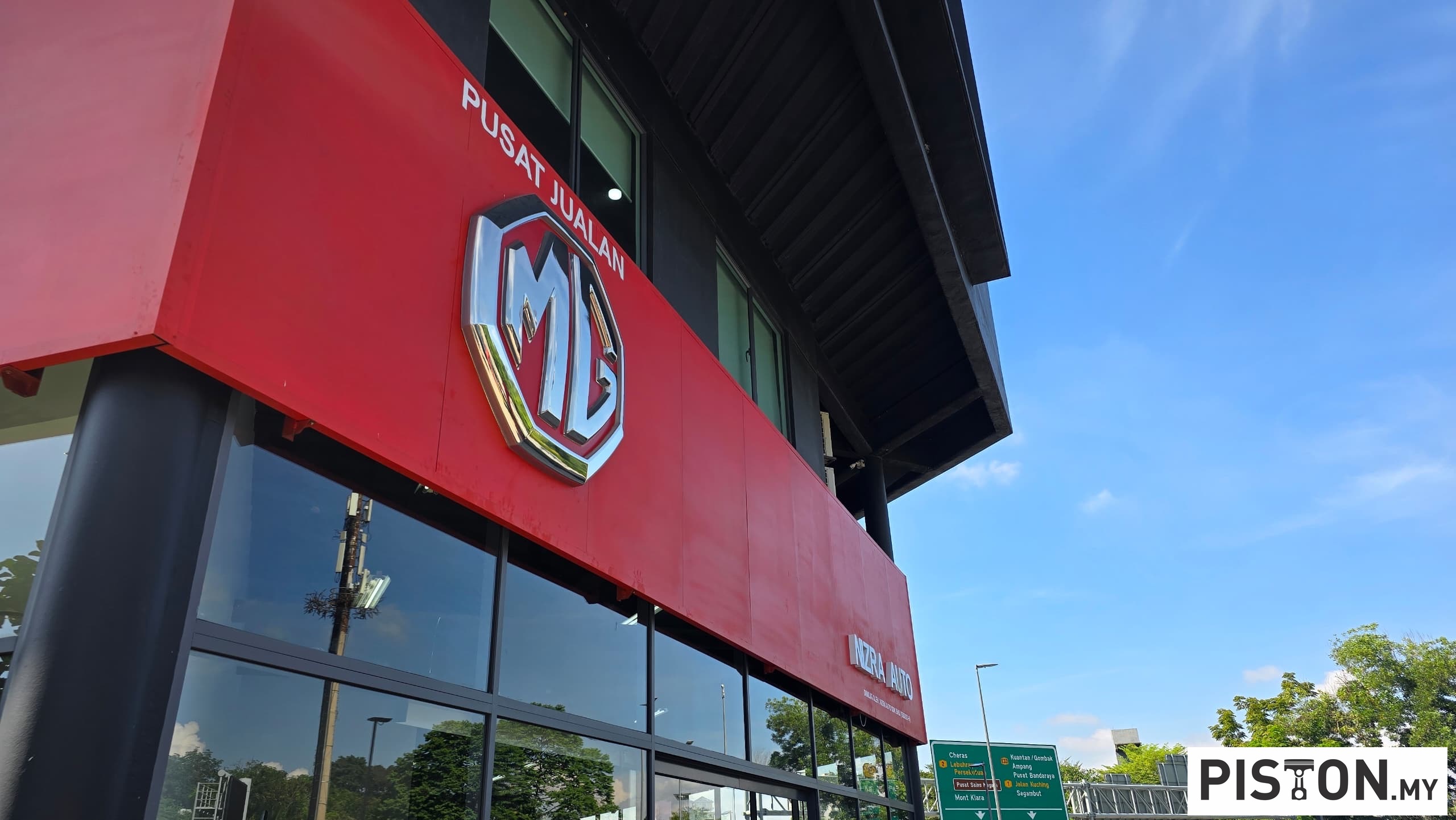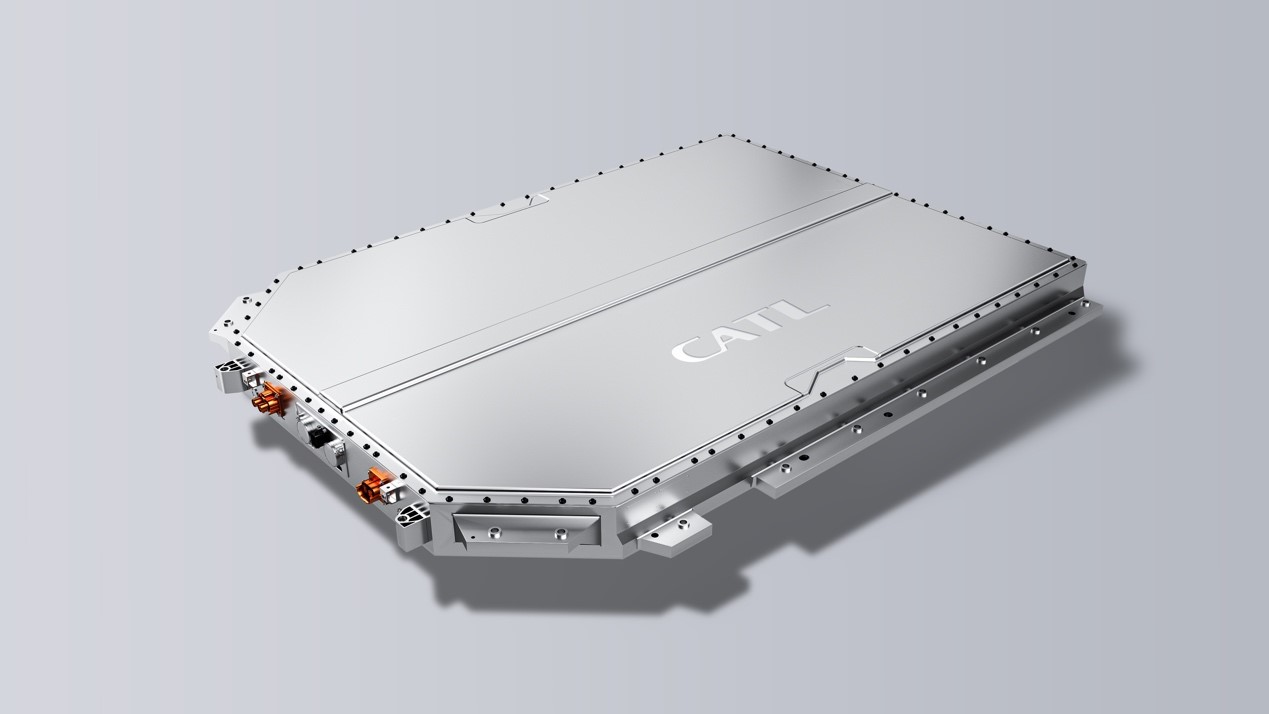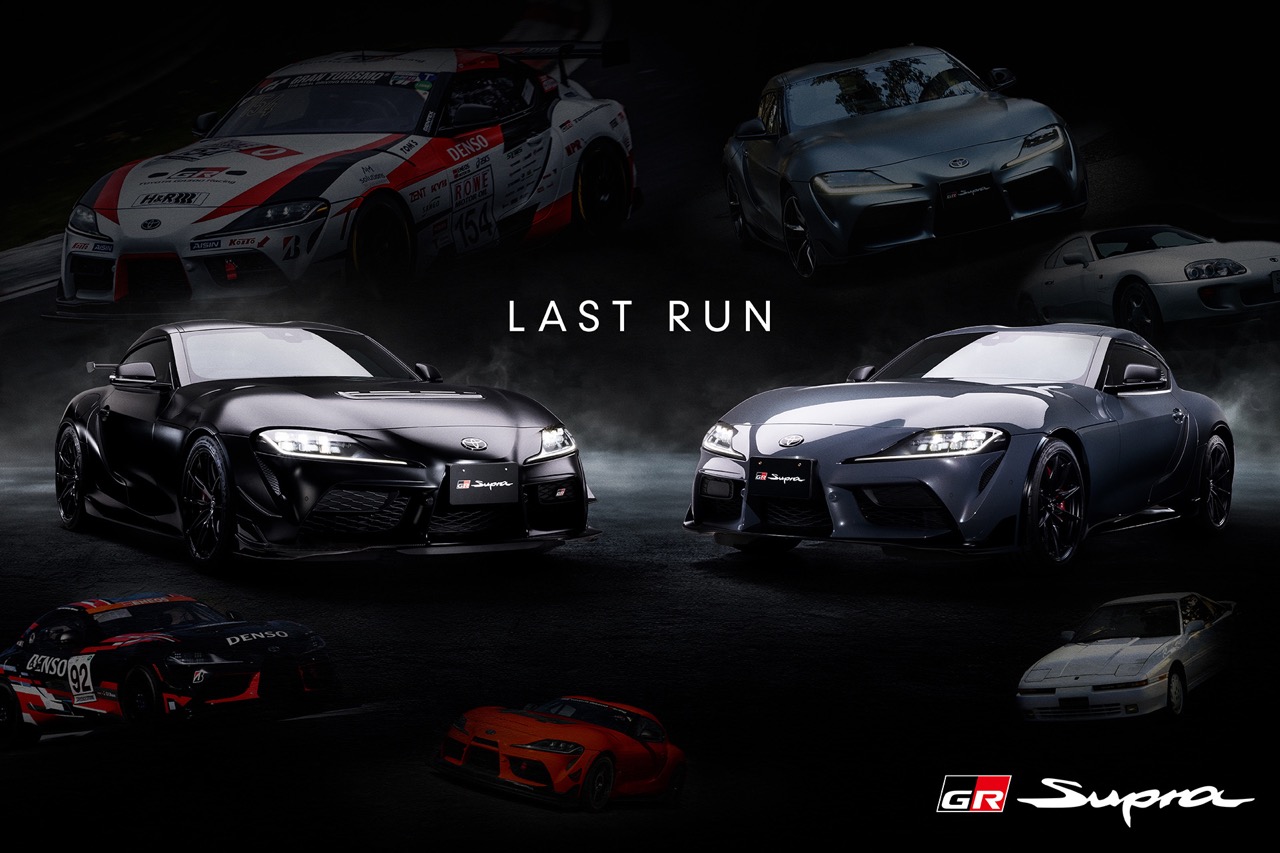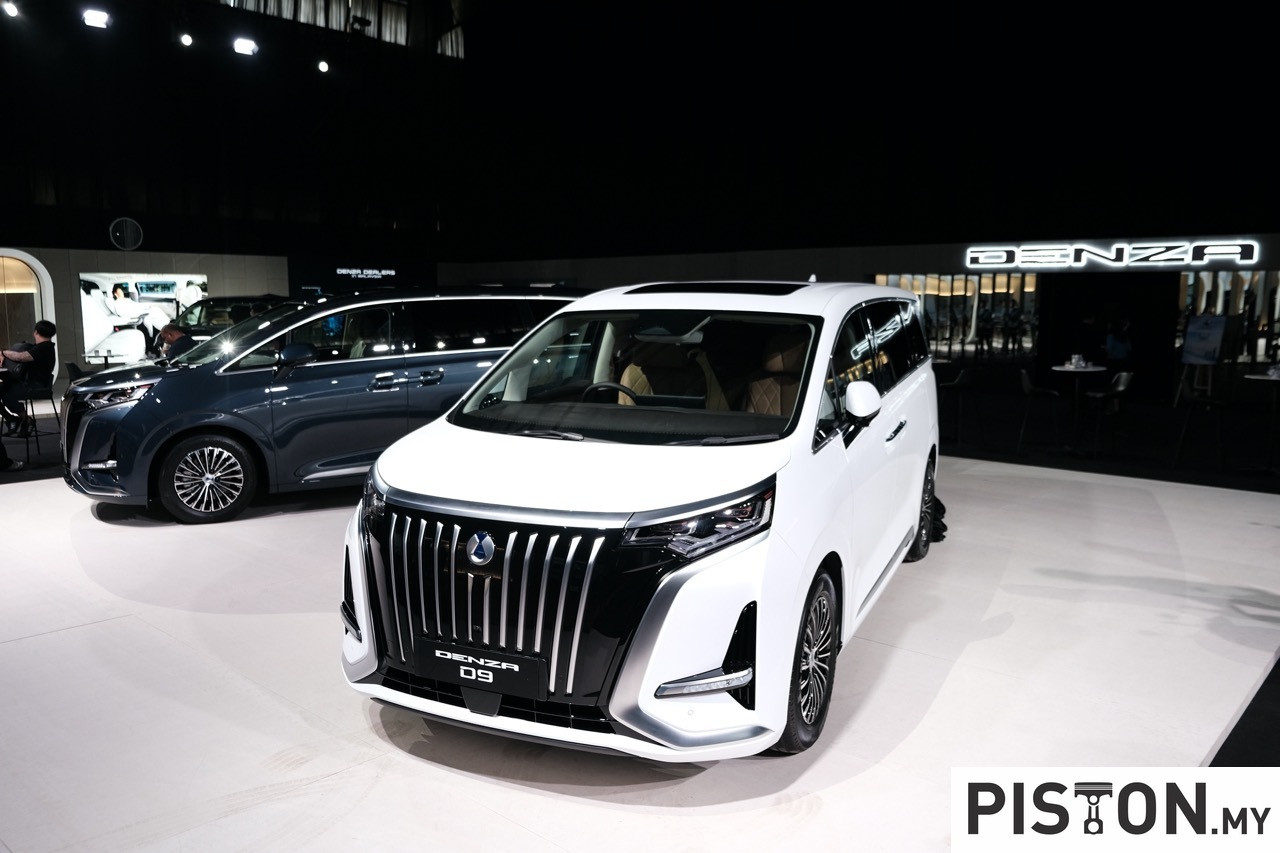Some car models are successful because of the brand that built them, while some models are successful because of the sheer sales figures they command. Rarely is a model successful because of the combined strength of the brand and the sales figures it has raked in, but that is the story of the new Honda WRV.
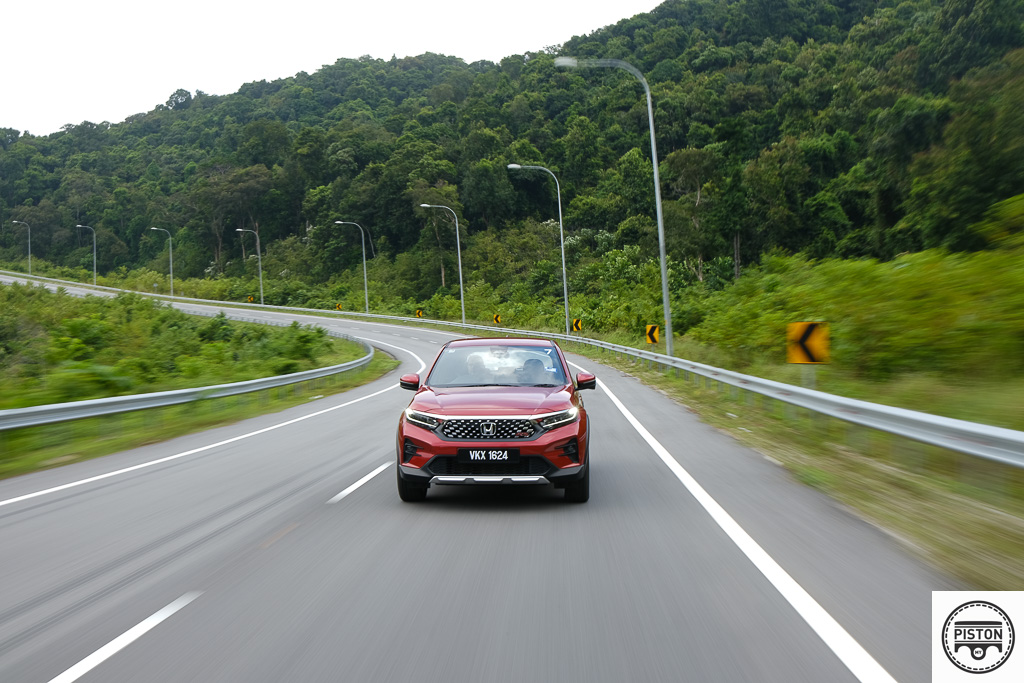
Introduced back in July of this year, the WRV has already garnered over 7000 bookings. In fact, it had received over 2000 bookings before it was even officially introduced to Malaysians and to date, over 3000 are already prowling Malaysian streets. Such is the strength of the Honda brand.
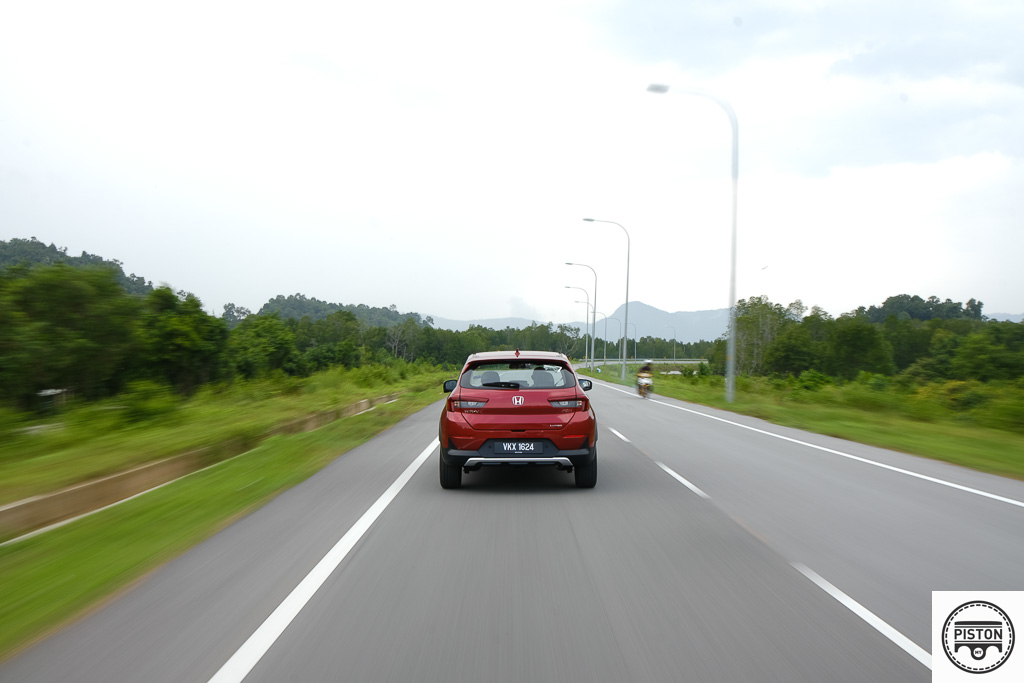
The WRV is the first non-national small SUV and it competes against the Perodua Ativa, even though there is roughly about RM20,000 separating the two models. It is impossible to say which one is better without a wheel-to-wheel comparison, so we are not even going to attempt to answer that. Besides, Honda Malaysia insists that the WRV stands alone and does not compete against the Ativa despite the duo being in the same segment, albeit one being a non-national model while the other is the pride of the nation.
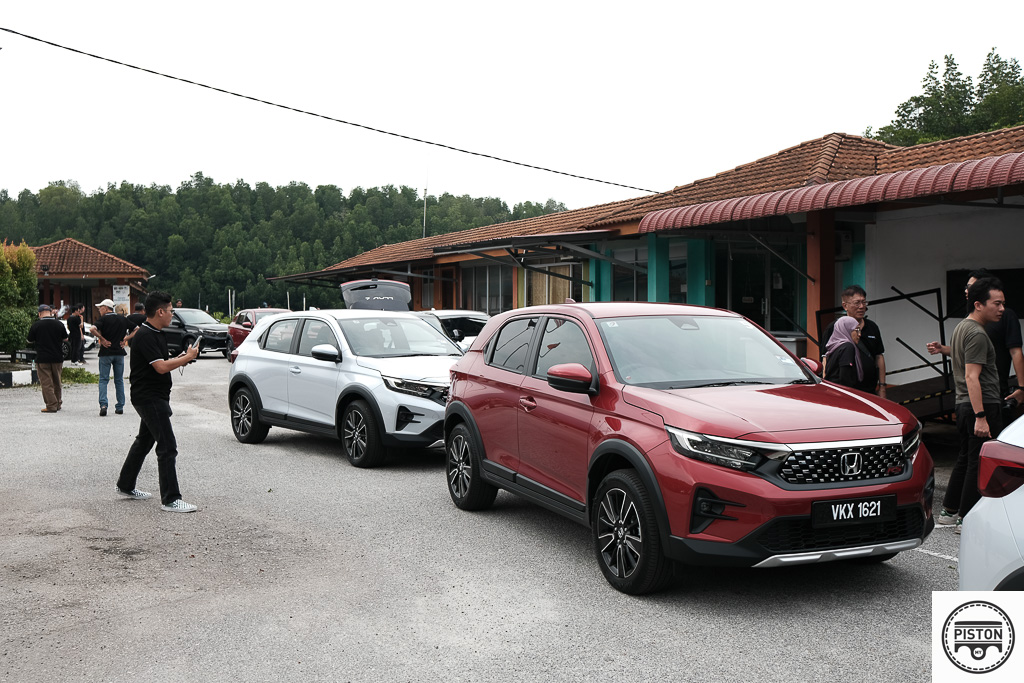
The WRV, which stands for Winsome Runabout Vehicle, is designed for those looking for a car with a taller ride height but without the usual bulk associated with SUV’s. In fact, being priced from RM89,900 to RM107,900, the WRV sits in the same price category as the Honda City.
That is quite an odd move as car makers would usually try to price their models apart from one another to avoid cannibalising sales. But Honda shunned the norm and despite having admitted that the pricing of the WRV did eat into the sales of the City, it has also welcomed an entirely new demographic to the Honda brand.
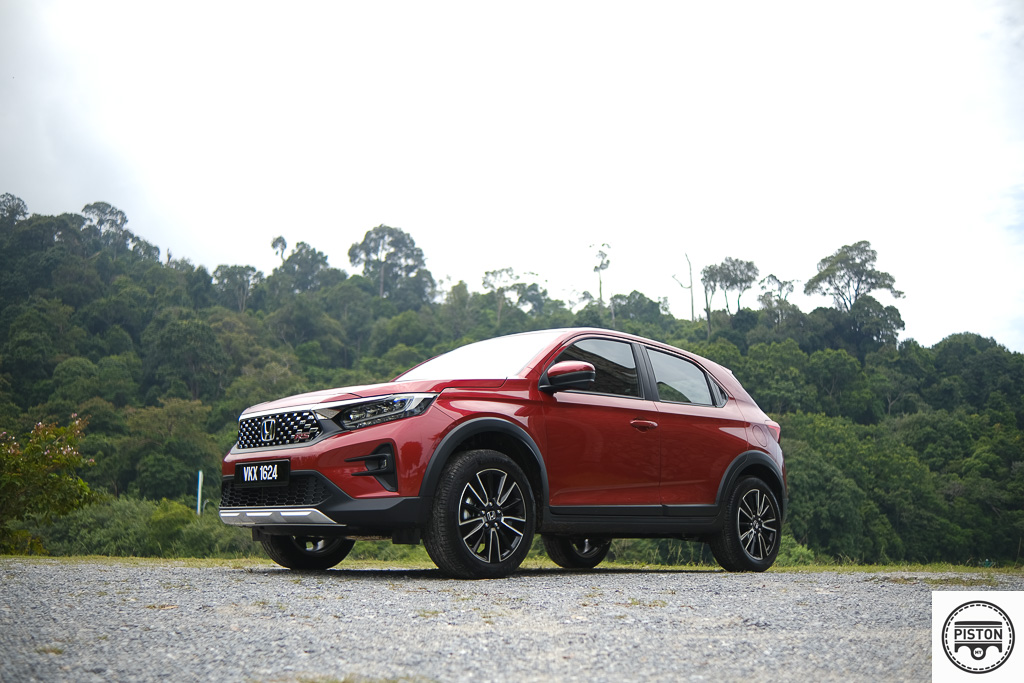
It is not difficult to see the appeal of the WRV. From a design perspective, the WRV is undoubtedly a great looking car. Whether in the full-fledged RS variant which comes with a more aggressive body kit and 17-inch wheels, or the none-RS models.
In terms of size, the WRV is roughly about the size of the old 2003 3-door Toyota RAV4, perhaps slightly longer. That should give you some perspective about the sizing of the WRV. If compared to the Ativa, the WRV is smaller but just a few millimeters wider than the Perodua.
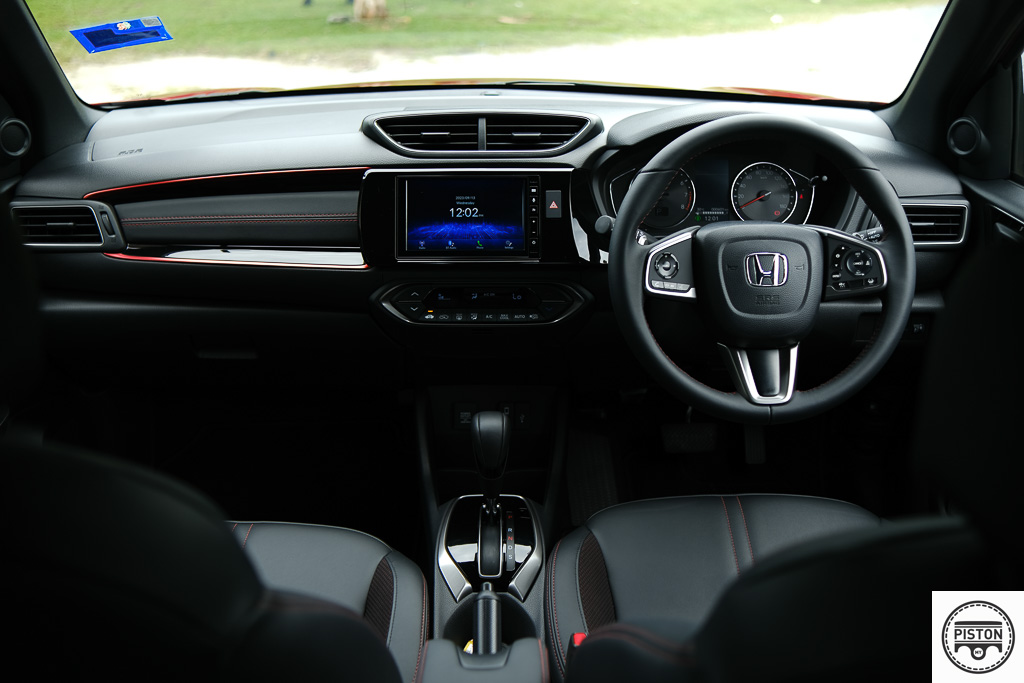
However, that does not mean the interior is small. Far from it actually as we found out recently. Booth space is great for three adults and their luggage for a three-day getaway plus camera bags.
The rear seats are good for anyone below six feet tall and are comfortable for a three-hour road trip. The seats also come with Isofix mounts which make the WRV perfectly adapted for life as a family car.
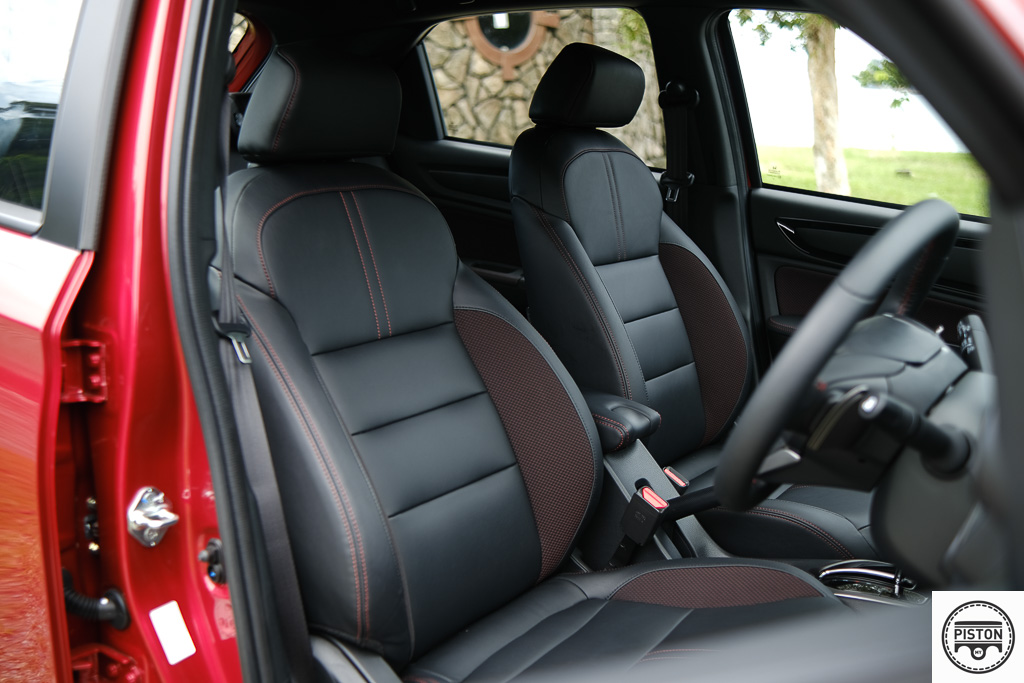
Space up front is also decent though taller drivers may find it a little cramped while the horizontally challenged may find their shoulders rubbing against the passenger.
In terms of interior features, the WRV has everything you may want to make your everyday commute more comfortable. Entertainment is provided by a seven-inch infotainment system that comes equipped with Apple CarPlay and Android Auto.
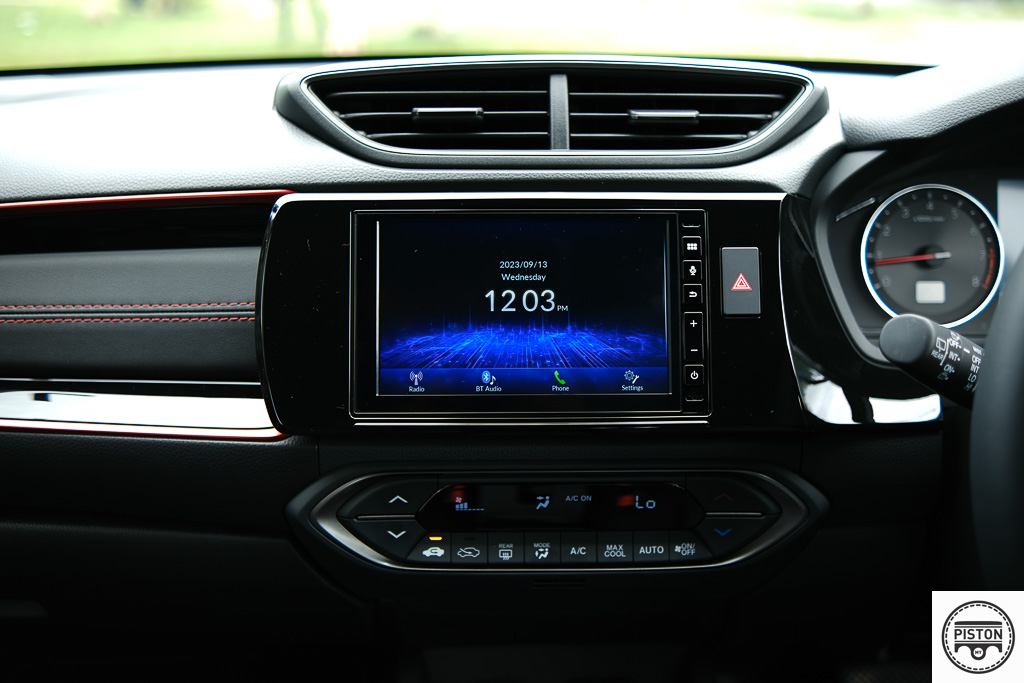
Driver comfort includes such niceties as adaptive cruise control, automatic high beam, lead car departure notification system and road departure mitigation with lane departure warning. Among others of course.
This does not include the active and passive safety systems that work in unison to give the WRV a five-star rating at the ASEAN NCAP crash test.
Interior quality too is impressive with soft touch panels sprinkled around the dashboard and the door panels to give the WRV a premium feel.
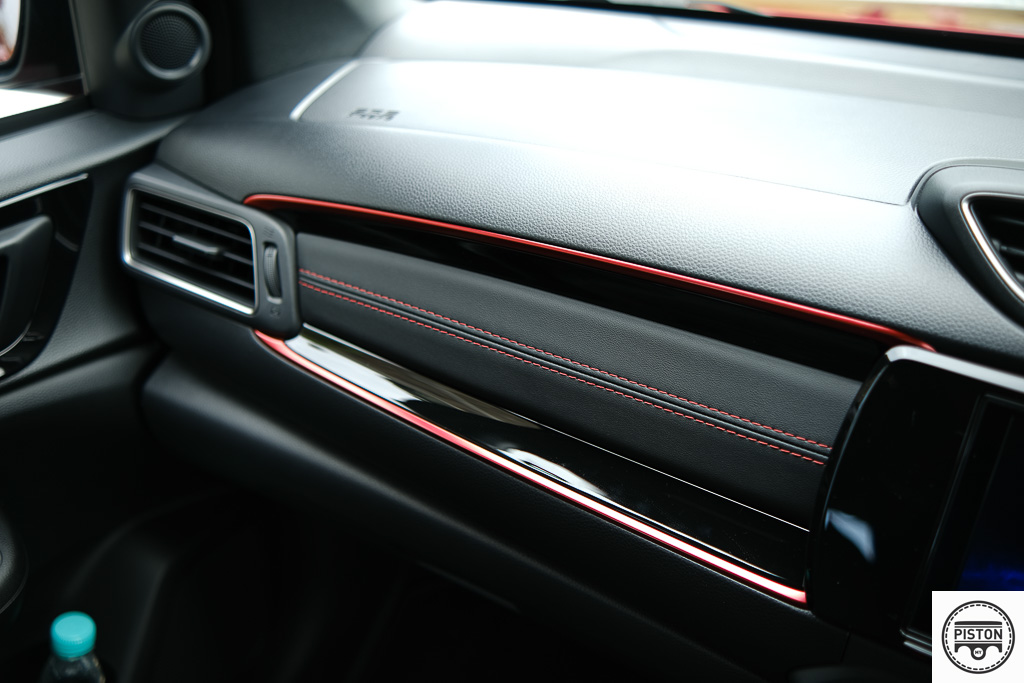
The WRV truly comes alive when driven around urban roads. Its smallish size makes it easy to manage in traffic and it is easy to park just about anywhere. It also has a decent ground clearance of 207mm, which is just slightly more than the 200mm of the Perodua Ativa.
Despite what is said online, that amount of ground clearance does not mean that it can handle flood waters. It may handle floods better than the sedans, but it is still not an off-roader, so traversing floods is definitely not what the tall ride heigh of the WRV is for.
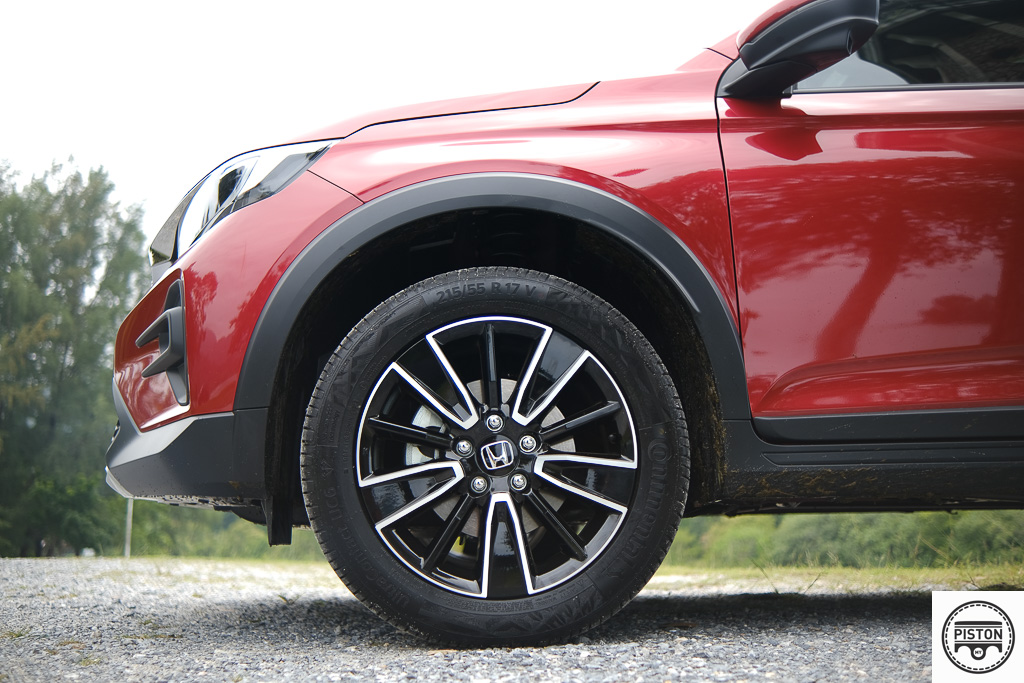
The ride height does however offer a better view ahead than regular cars. And therein lies the appeal of the WRV. The rise in popularity of SUV’s is not endemic to Malaysia, it is something that is happening the world over for many years now. And that is why the WRV is popular as well, because it offers a better driving position than regular cars.
The suspension too is quite comfortable over all terrains. We drove the car in Langkawi recently, and over the poor conditions of the kampung roads the WRV soaked up everything that the unkept roads threw at it. Over the new highways that connect the island towns, the suspension did a splendid job at isolating the cabin from the road.
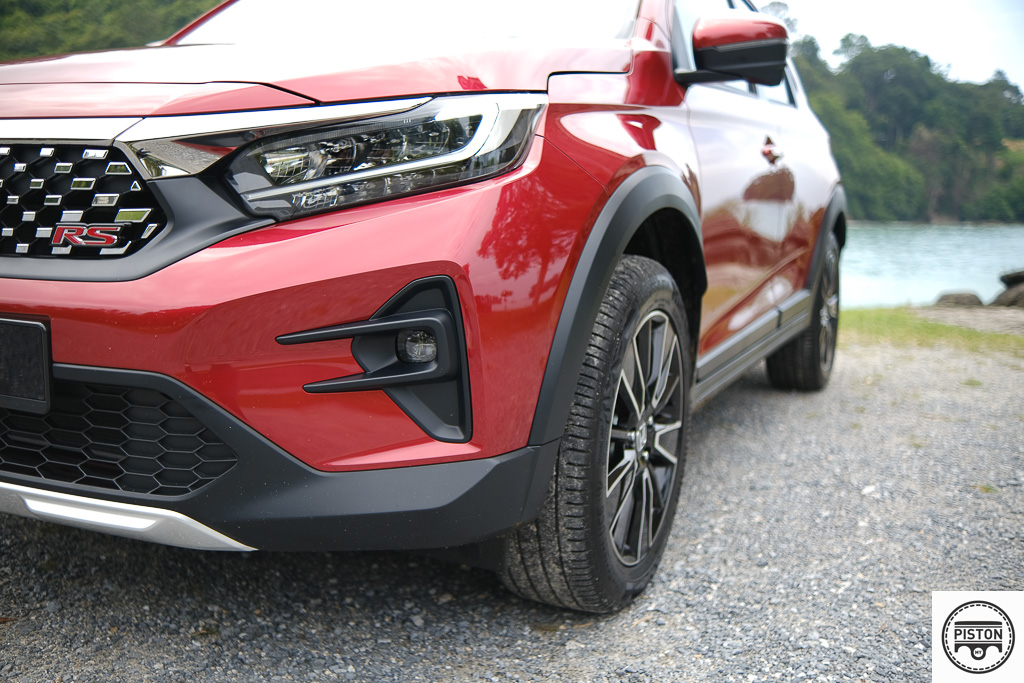
However, it is worth noting that the suspension of the RS and the V-spec models have a slightly different state of tune than the E and S variants. The former ride on 17-inch wheels and have a firmer suspension setting for a sportier ride and handling while the latter ride on 16-inch wheels and have a softer suspension setting for a more comfortable drive.
The powertrain though is not the most inspiring. Power is rated at 121PS and 145Nm of torque and is channeled to the front wheels through a conventional CVT gearbox. It makes a lot of noise especially during acceleration, but it does not seem to go anywhere fast. Speed and power is obviously not something that the WRV is well known for, but it is quite efficient.
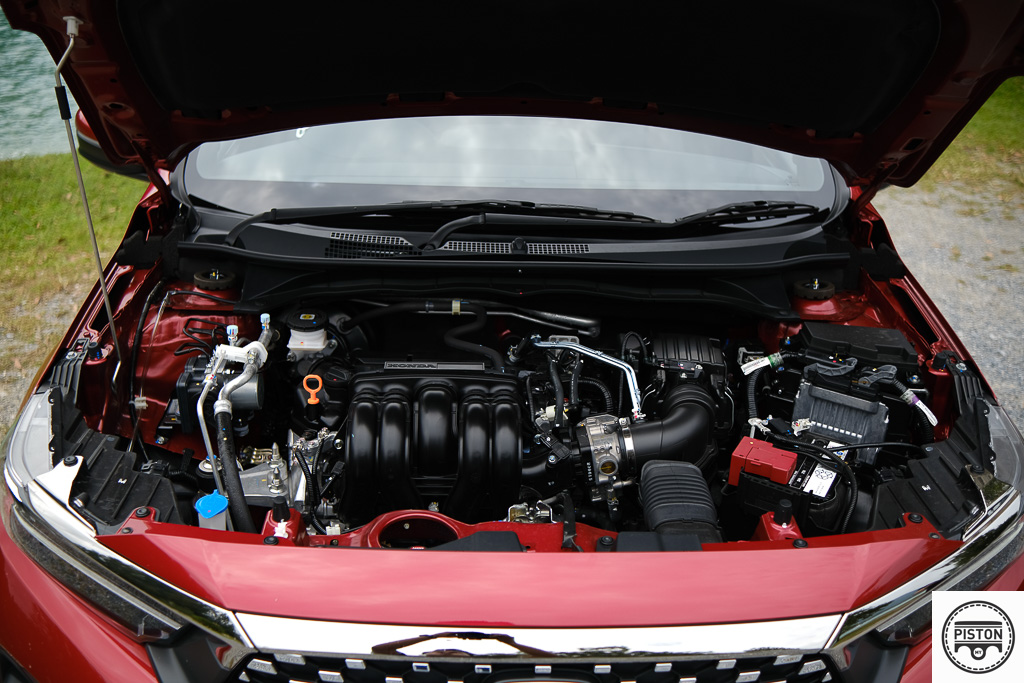
During our drive, we saw a range of 420km and that translates to 12km per litre of fuel, which is surprisingly good for a car with a 35-litre fuel tank. And that is what the WRV is all about – convenience and efficiency.
The WRV offers a drive quality that is fuss free and straight forward. It is also an easy car to live with considering its size and tallish ride height that make it suitable for all purposes. It also has decent storage space and a powertrain that is easy on the wallet which means that it is a good companion for those who are just starting out in life either in their careers or with a family.
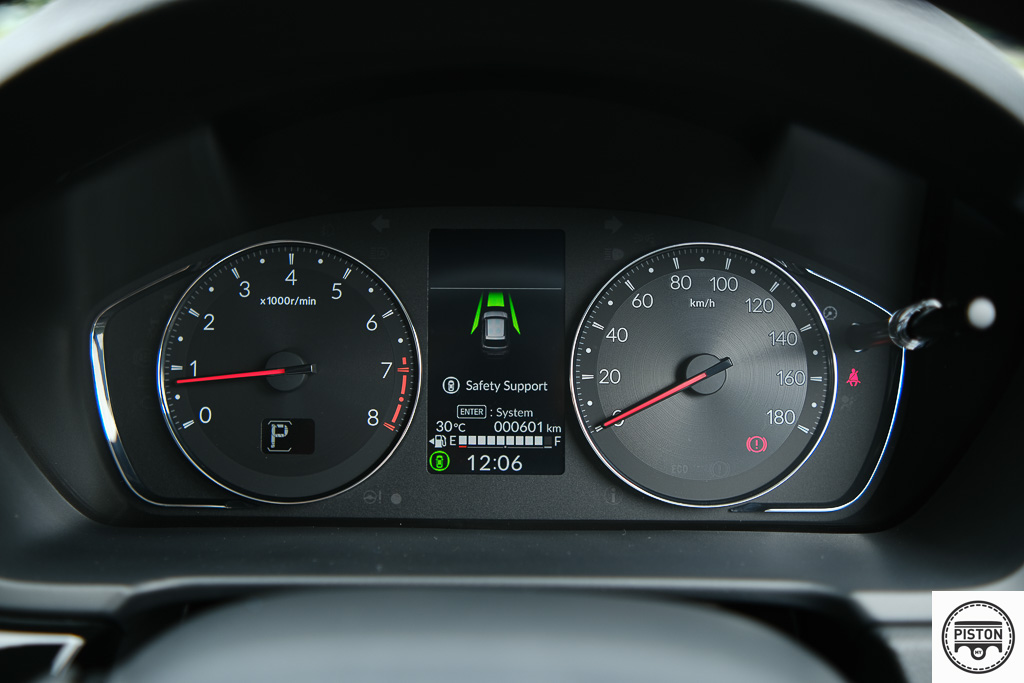
The interior is a good place to be in as well though it may not be very big. And once you start poking and prodding around you might notice that there are some spots that could do with better materials and bolstering. Those are not deal breakers but rather the usual character of hard plastics.
There is some icing on the WRV cake though, and besides the abundance of driver aid and safety systems, there is also the Honda Connect App. When activated, the Connect App allows the user to remotely start the car, set a geo fencing that will alert the owner when the car drives out of the designated area, set a speed limit and even assist to book a service appointment.
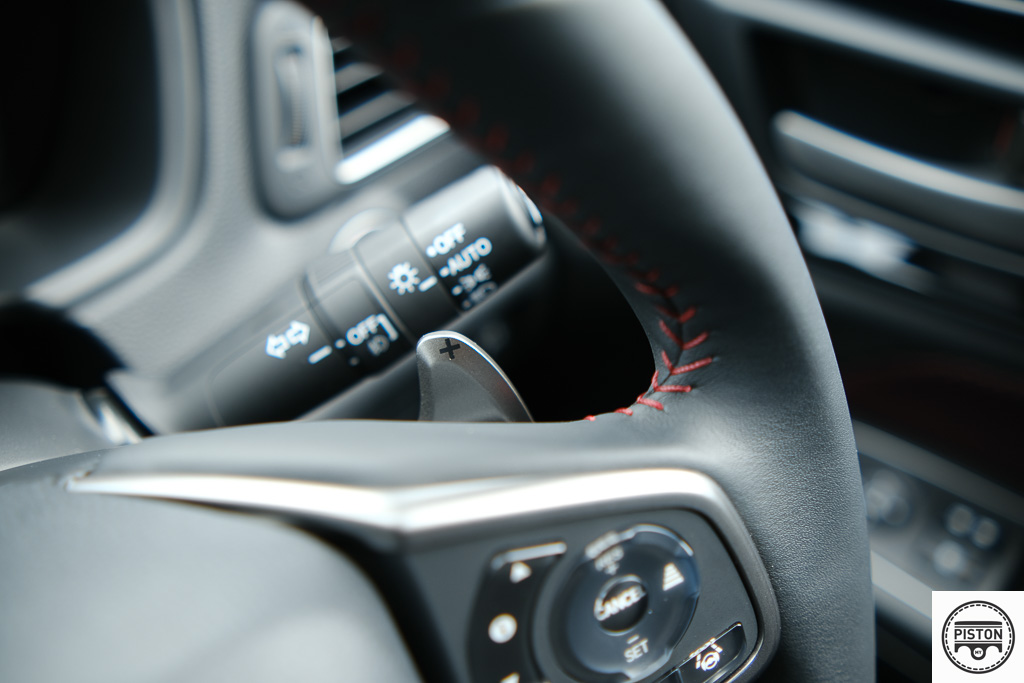
The Honda WRV is obviously designed for comfort and convenience, and it does that really well. Some may argue that it is quite expensive for a small SUV and that it does not offer anything special, but there are some cars that need to be driven to be appreciated, and the WRV is one of those cars that you are bound to like when you drive it.
Specifications
Engine: 1.5-litre, 4-Cylinder, DOHC, i-VTEC
Power: 121PS@6600rpm
Torque: 145Nm@4300rpm
Transmission: CVT with Torque Converter
Suspension: MacPherson Strut (Front) Torsion Beam (Rear)
We like: Handsome design, impressive features
We don’t like: Can be cramped for tall or wide passenger

